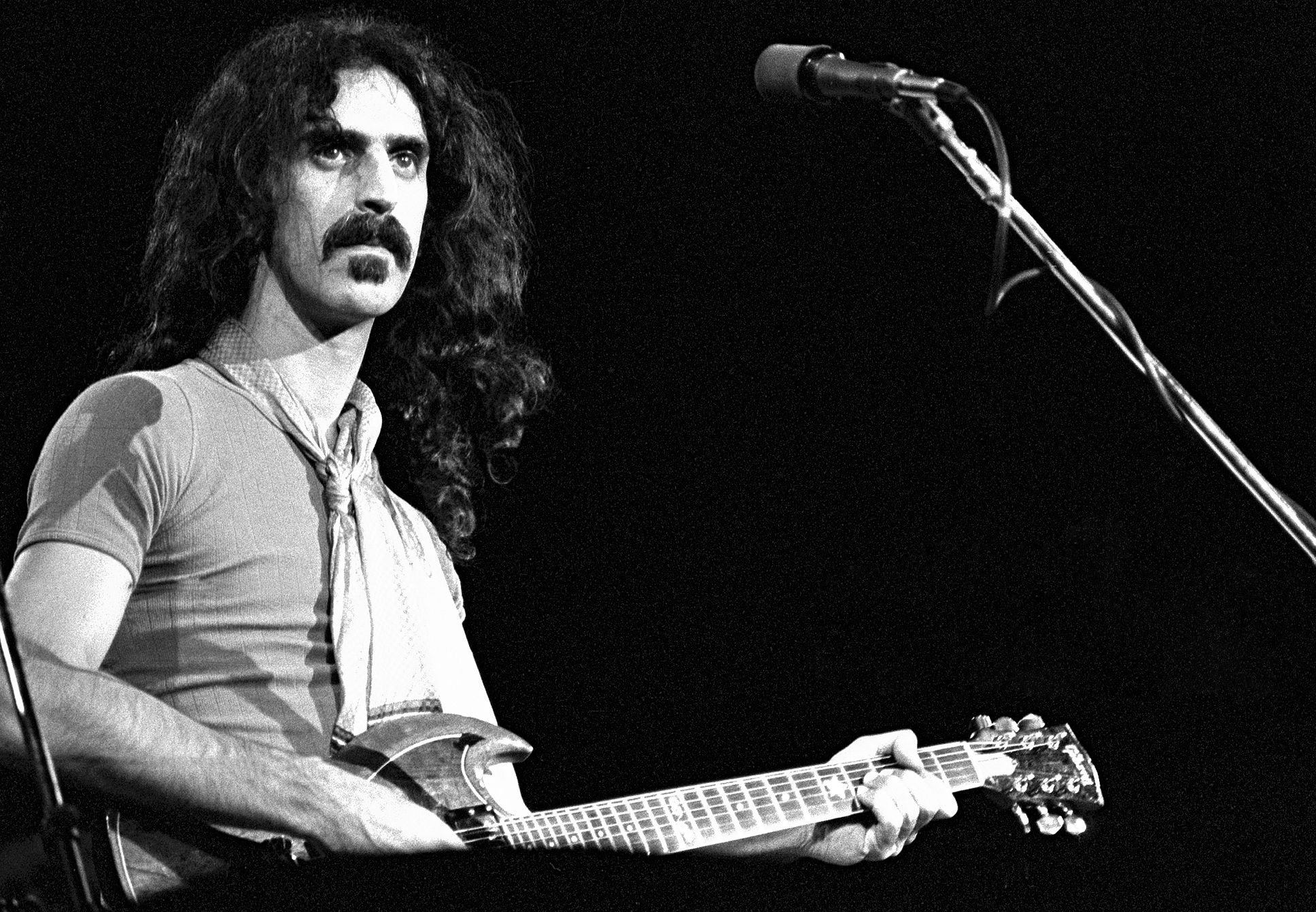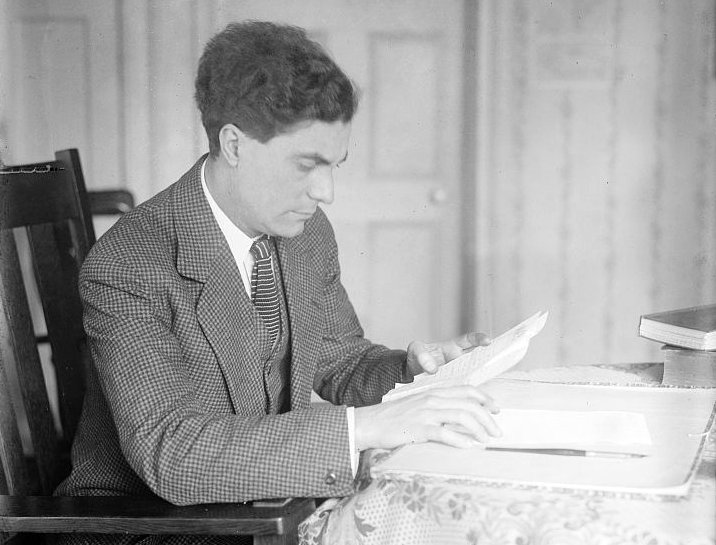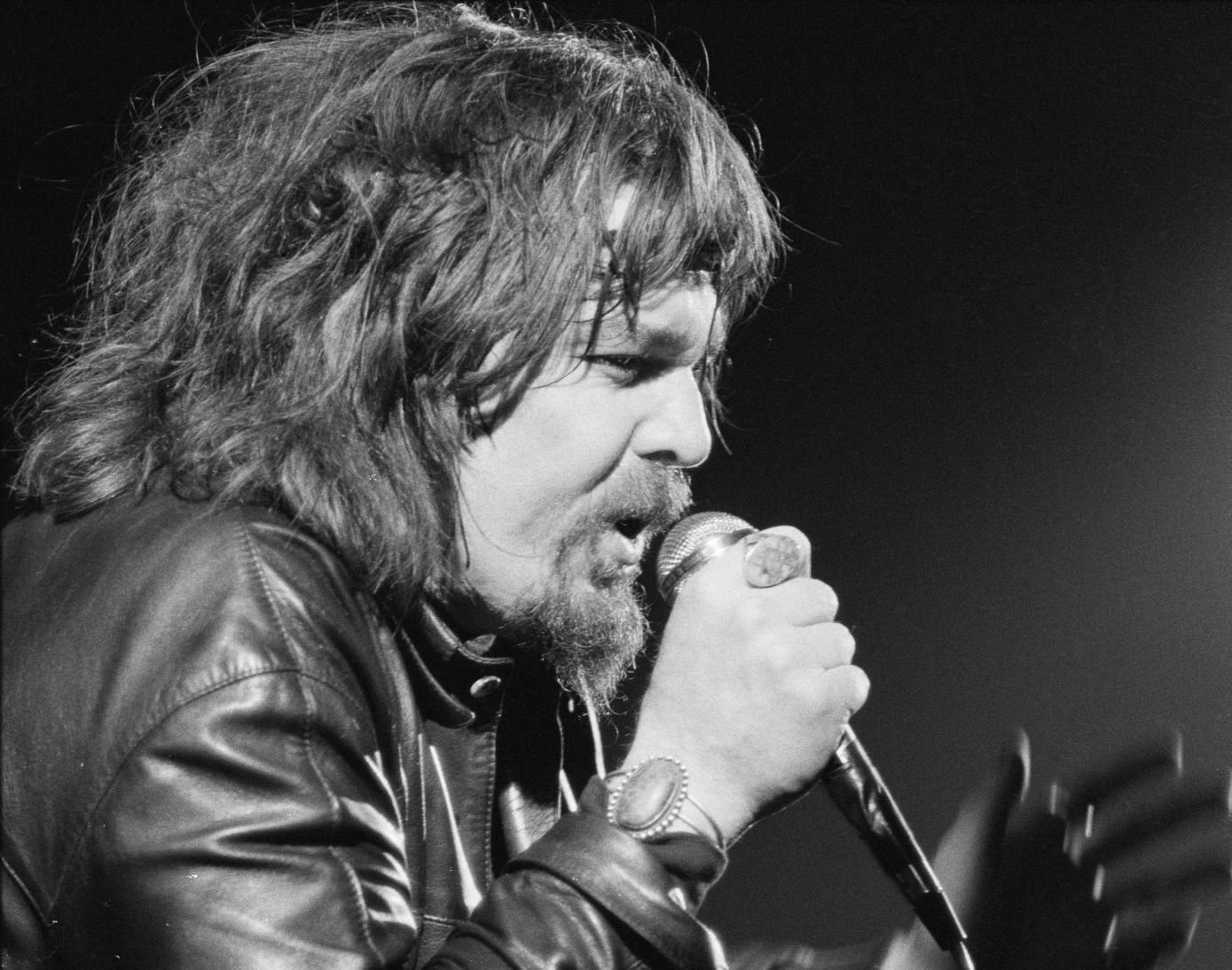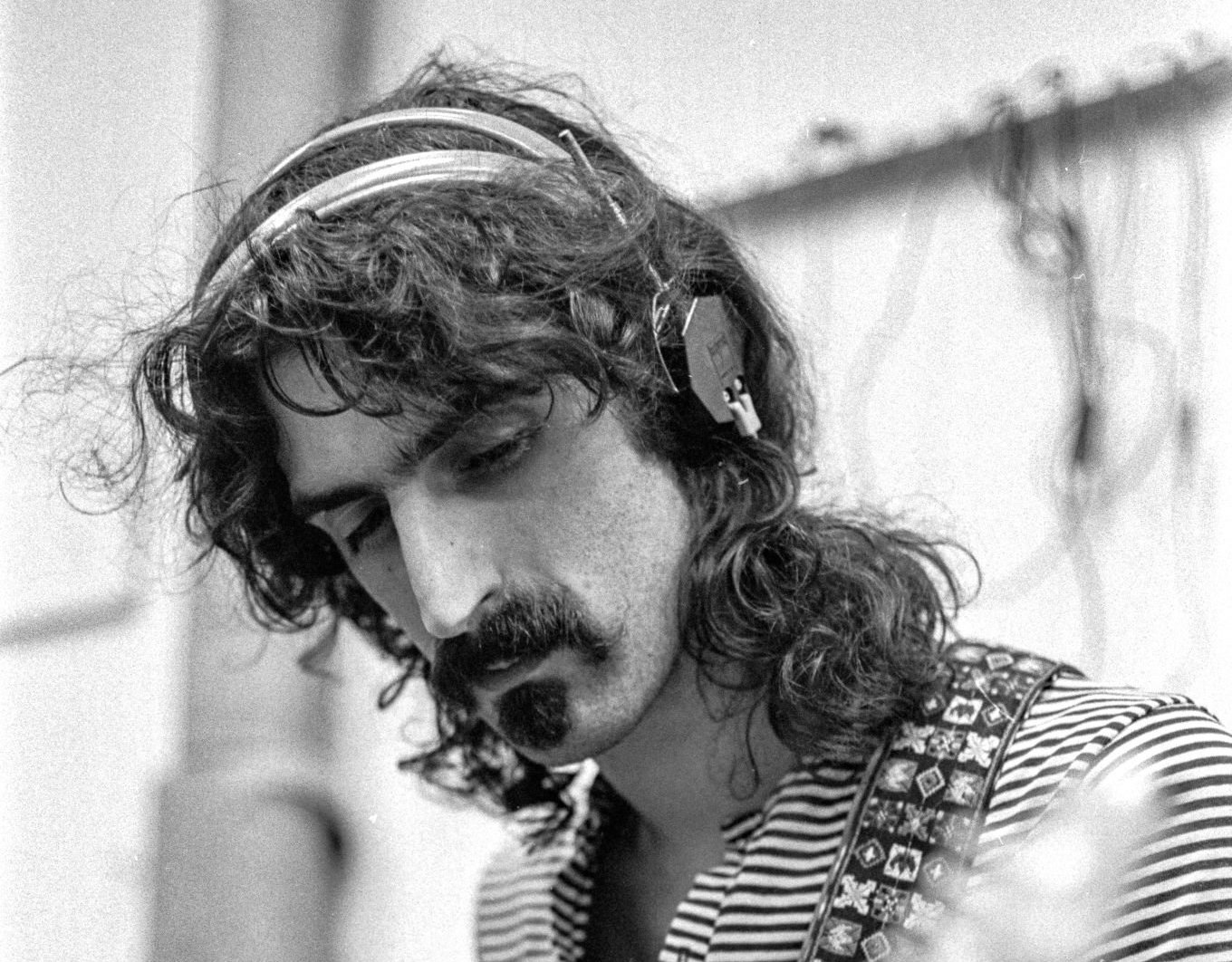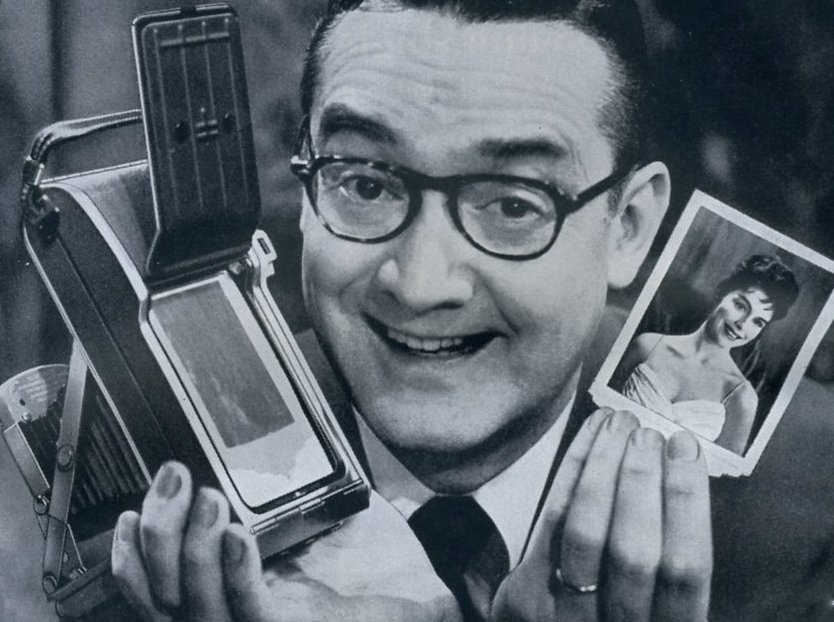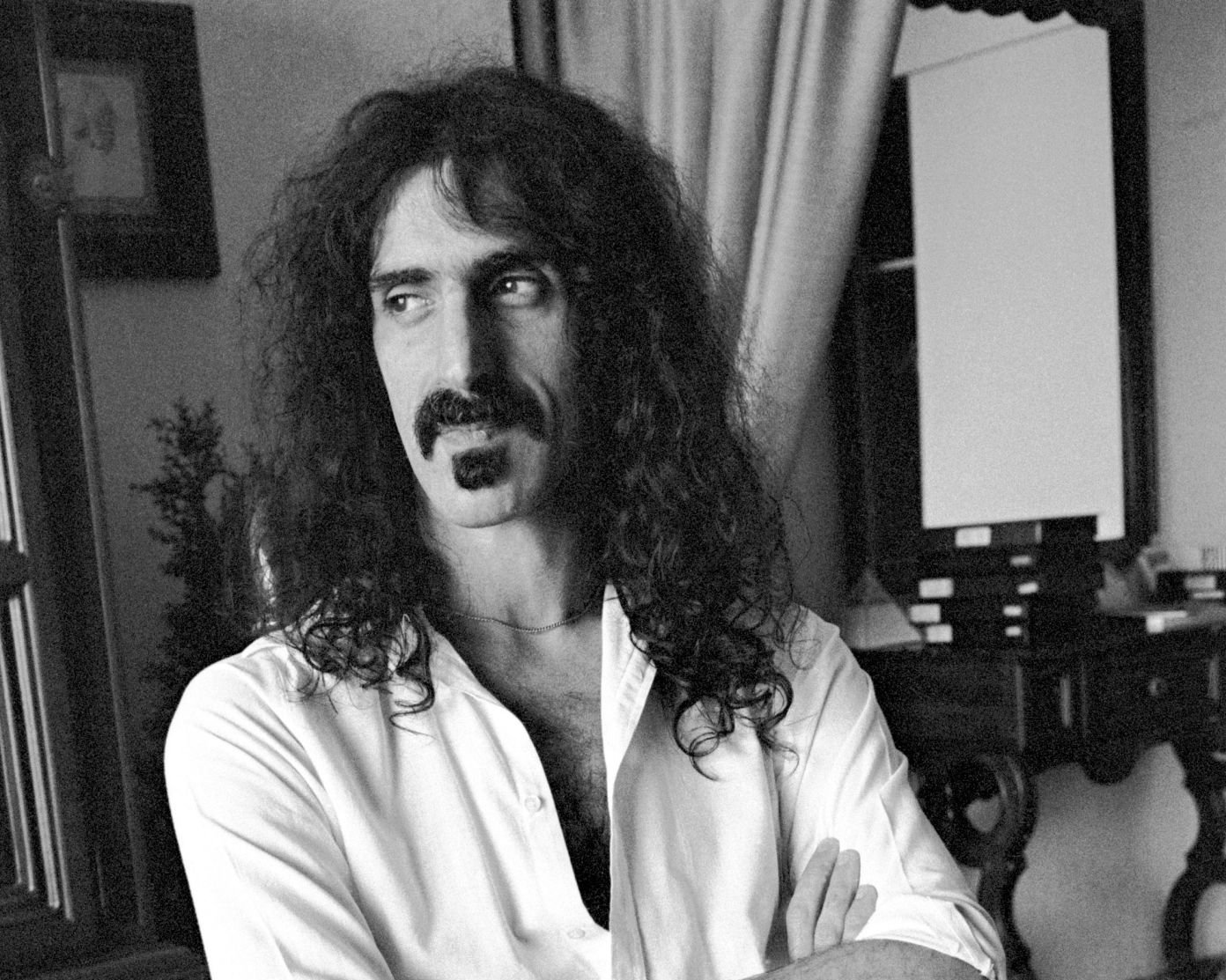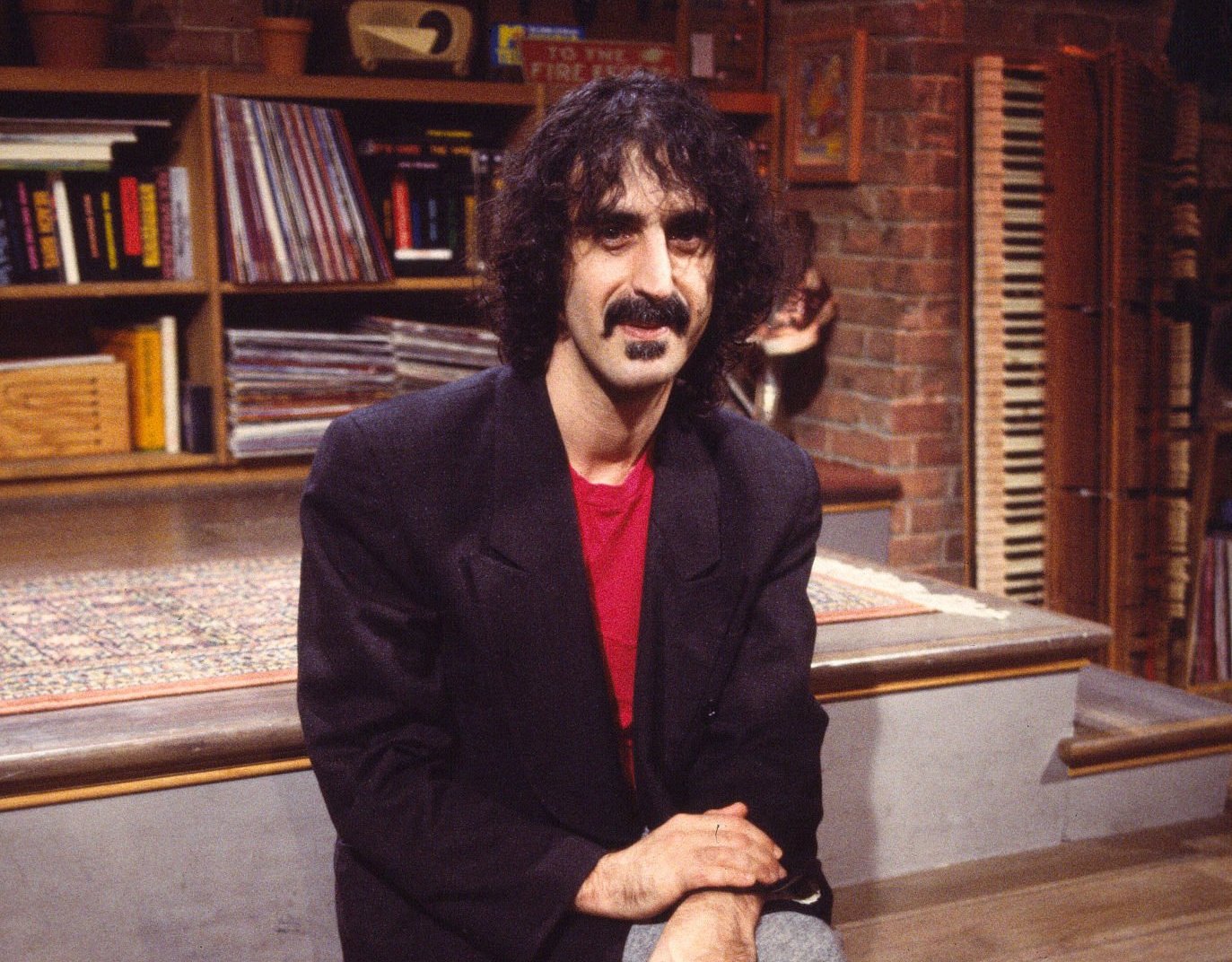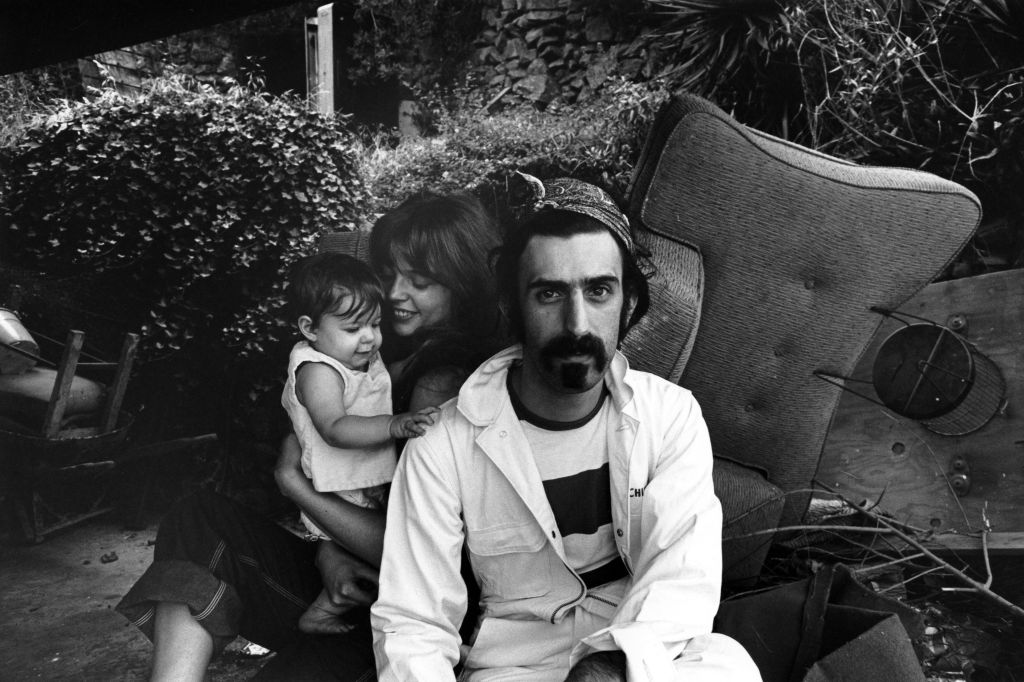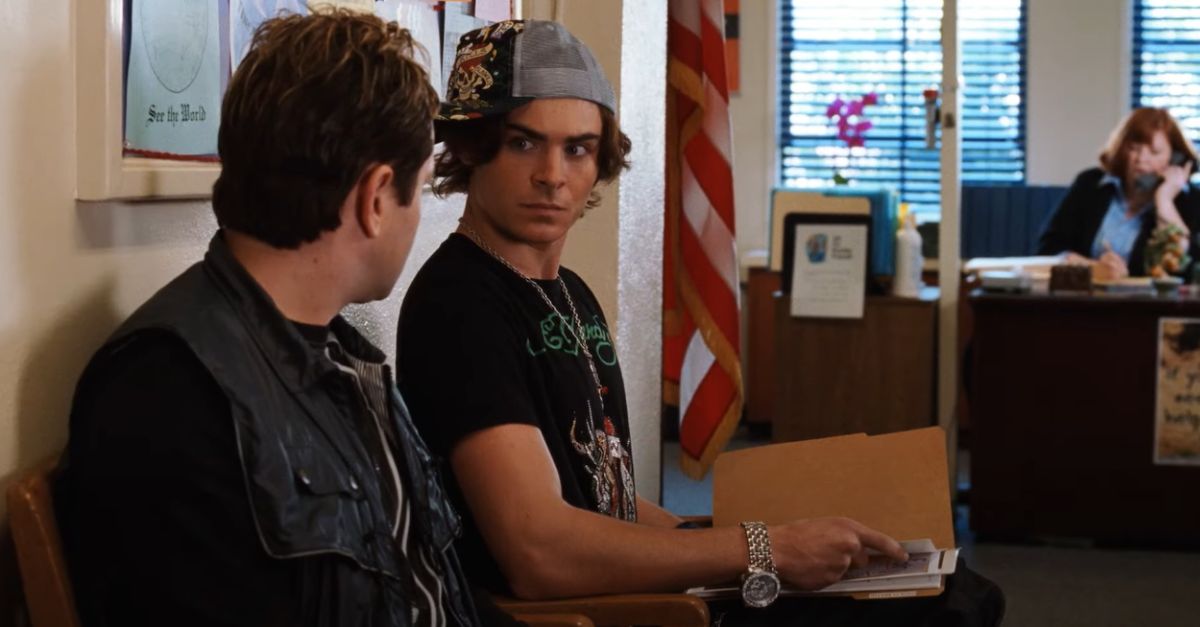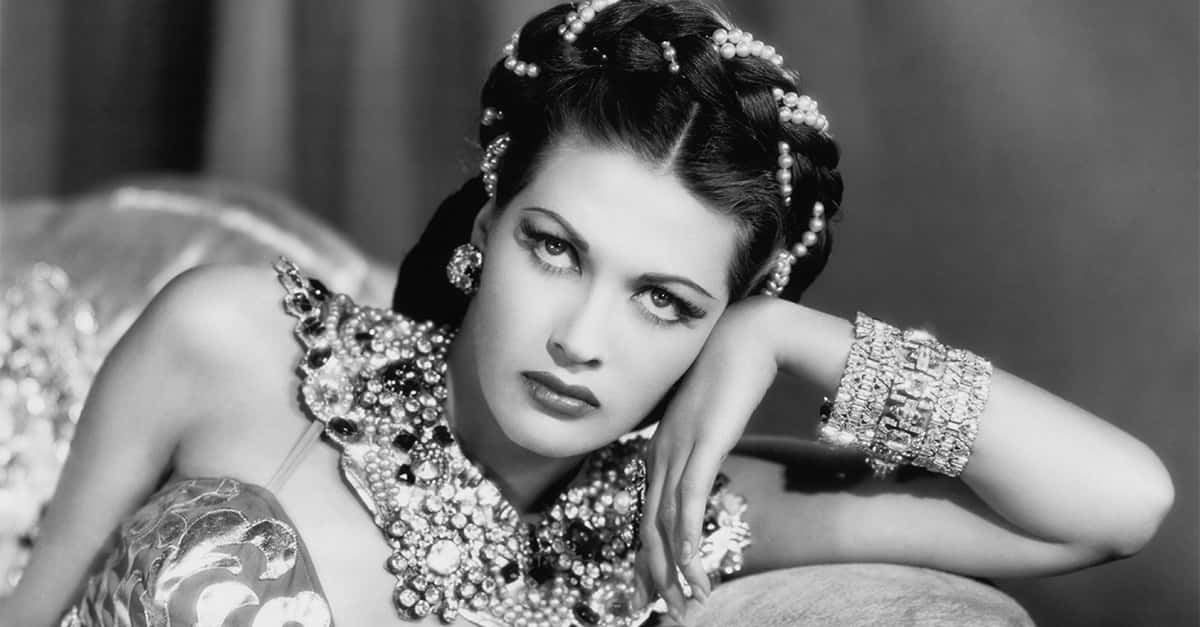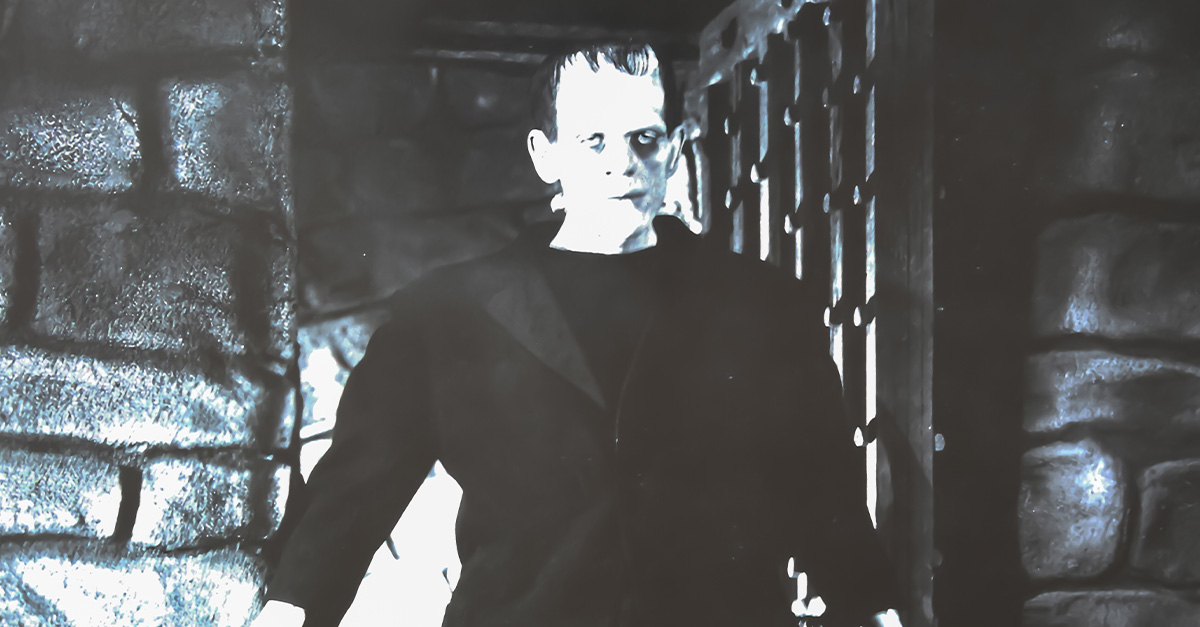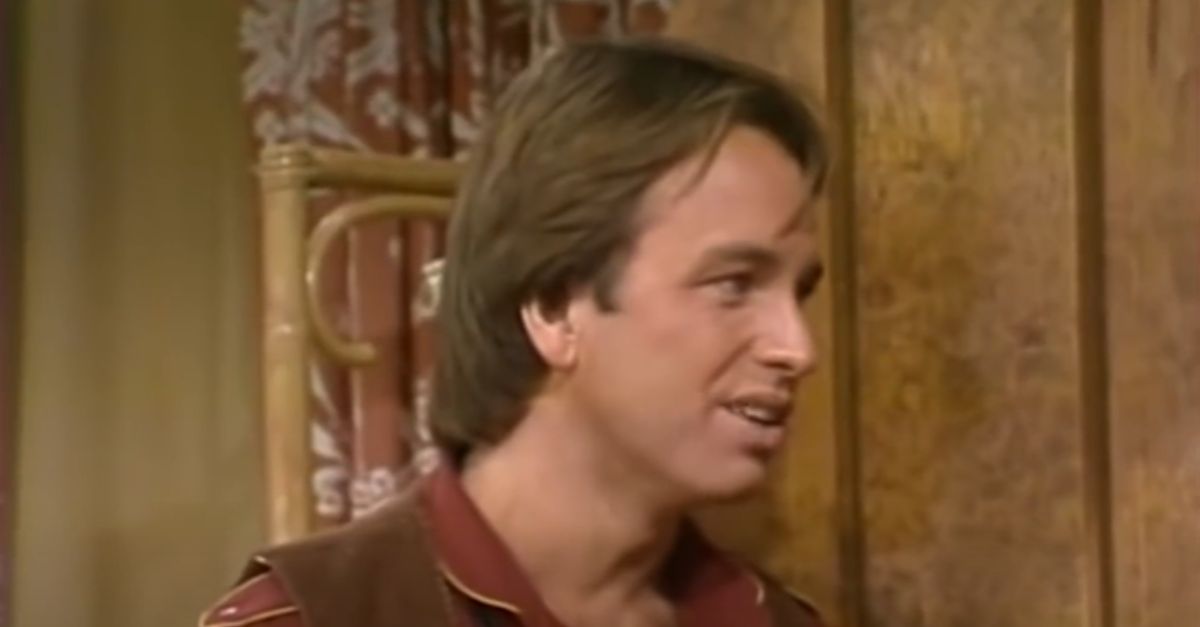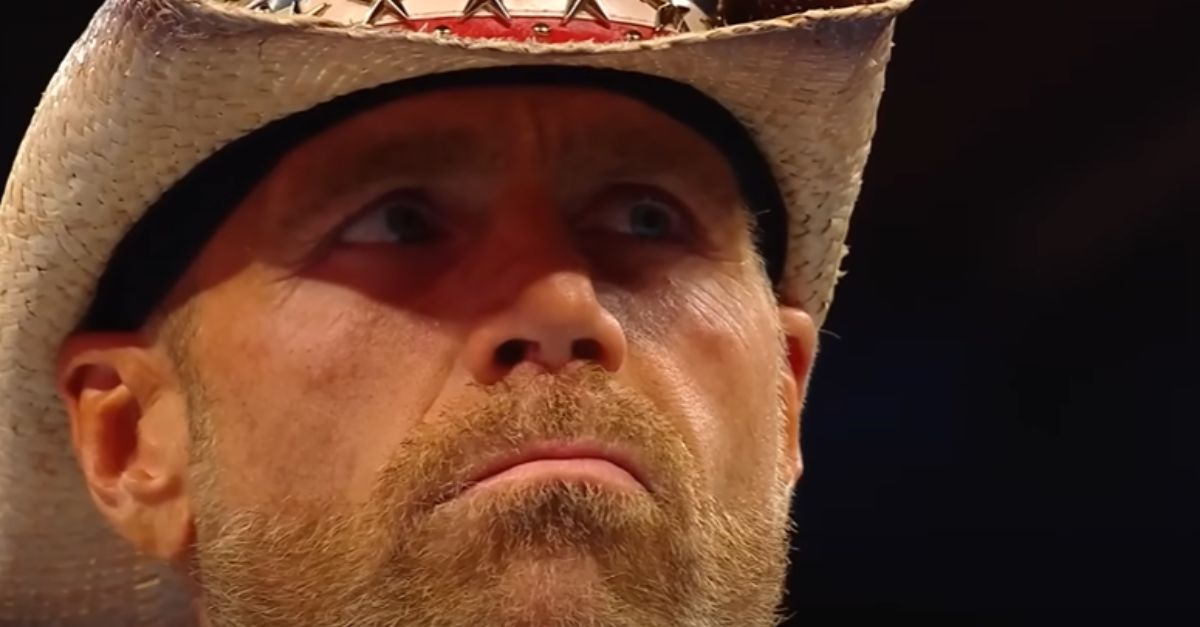He Pushed The Limits—Until They Pushed Back
Frank Zappa was the musical mastermind who shredded the electric guitar just as easily as he composed contemporary classical hits. But when he wasn’t pioneering musique concrète or experimenting with films, he was pushing his bandmates and his fans to their limits—until one of them pushed back.
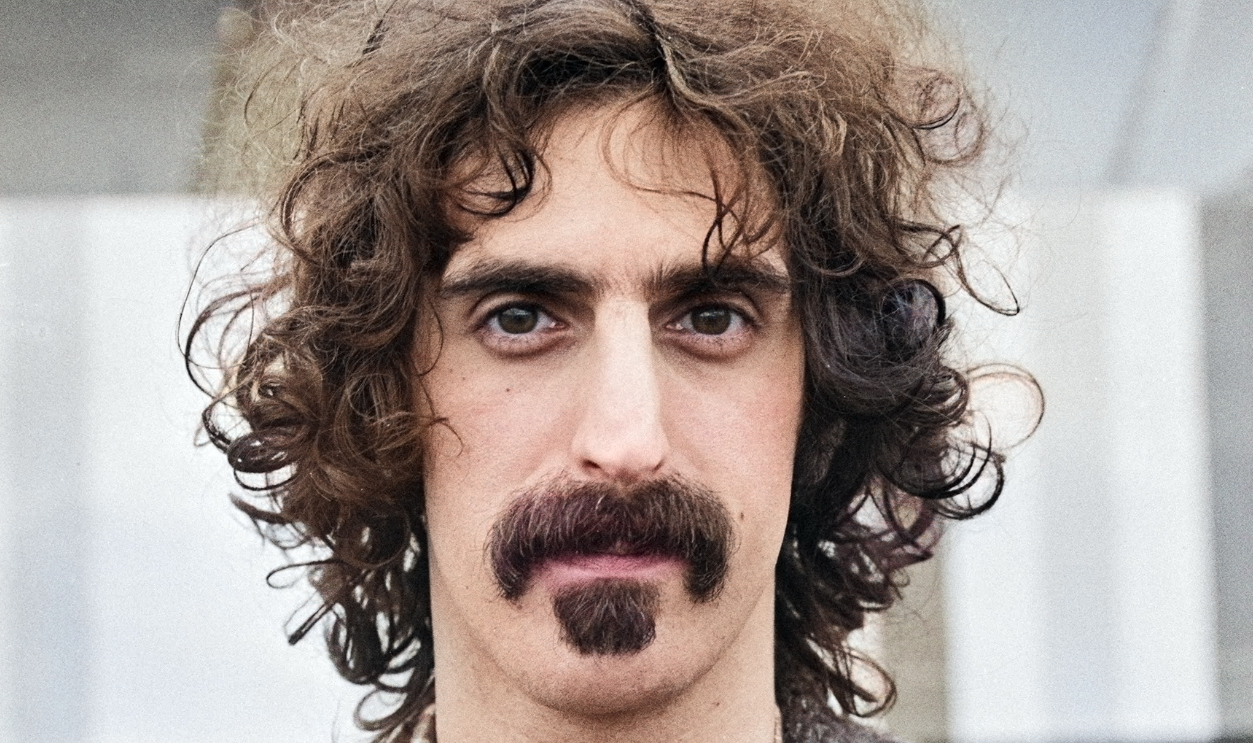
1. He Grew Up Around Mad Scientists
Frank Zappa was born into an Italian-American family in December of 1940 in Baltimore. As the eldest of four children, he had a front row seat in his family’s explosive household. His father, a chemist, worked in the defense industry with volatile elements that may have left a lasting impression on the young musician.
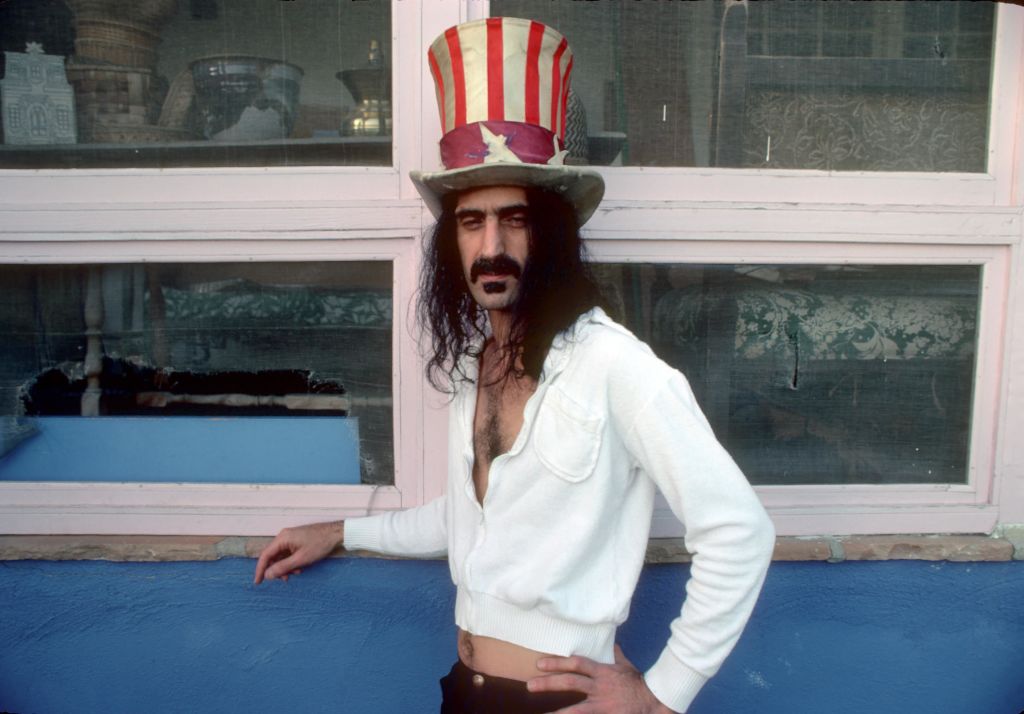 Michael Ochs Archives, Getty Images
Michael Ochs Archives, Getty Images
2. He Lived Next To A Chemical Facility
Zappa’s musical talents were kind of like a superpower. And like any good superhero, he probably got his powers from a toxic stew of chemicals. His father’s job led the family to settle in a home near a chemical facility that stored mustard gas. In fact, the Zappa family kept gas masks on hand at all times.
Zappa’s early exposure to toxic chemicals would later inform his darkly satiric lyrics and grotesque imagery. You might say that mustard gas seeped into his DNA.
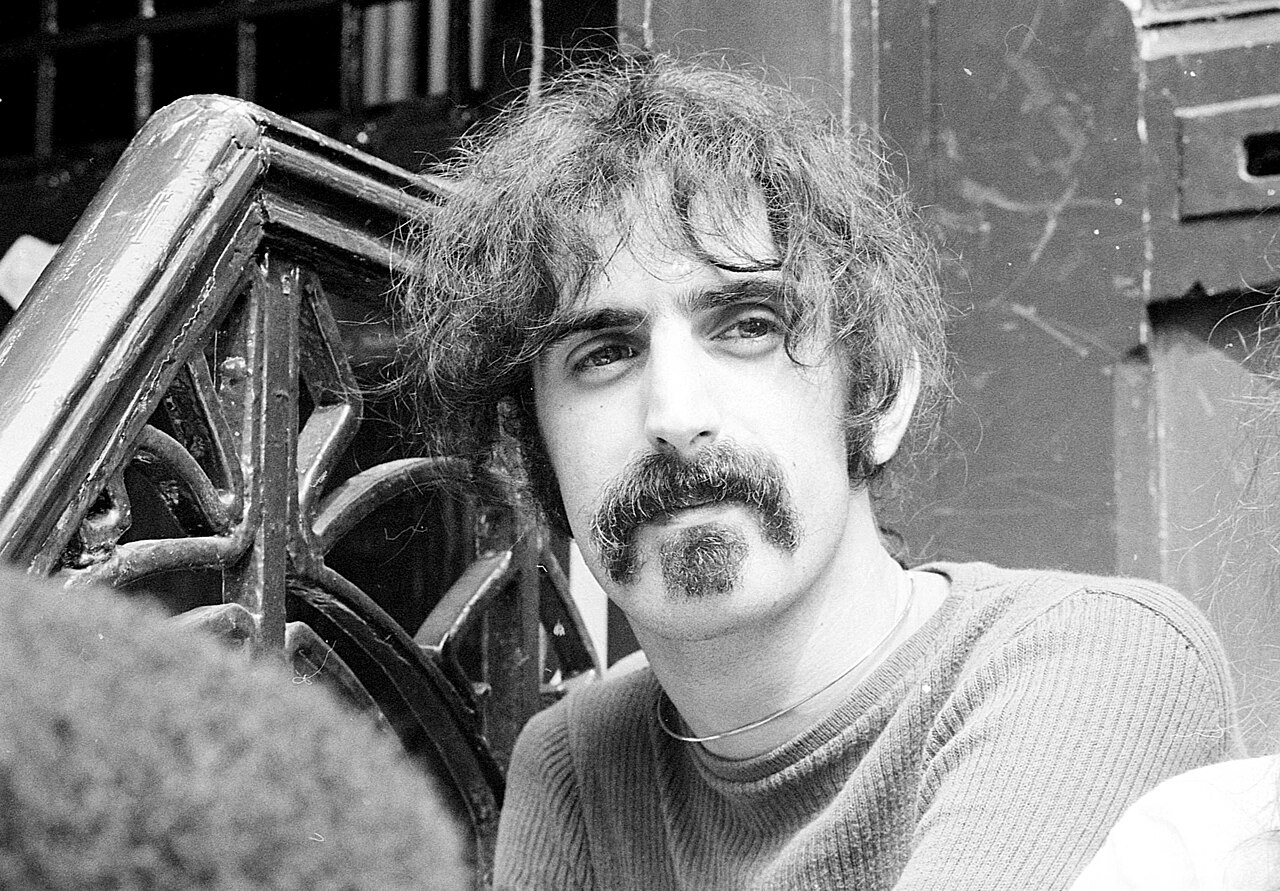 Fotopersbureau De Boer, CC0, Wikimedia Commons
Fotopersbureau De Boer, CC0, Wikimedia Commons
3. He Was A Little Mercurial
While most kids played with toy cars and baseballs, young Zappa had a different kind of fun: he played with liquid mercury. His father, always surrounded by lab equipment, brought home mercury-filled instruments, letting Zappa experiment freely, oblivious to the danger. Surprisingly, that wasn’t even the worst chemical he was exposed to.
 ThomasFHH, CC BY-SA 4.0, Wikimedia Commons
ThomasFHH, CC BY-SA 4.0, Wikimedia Commons
4. He Was Radioactive
As a child, Zappa suffered from chronic sinus issues, prompting doctors to come up with an “explosive” cure. They placed radium pellets in his nostrils! Whether it actually helped is anyone’s guess, but it left an impression. Germs, chemicals, and the ills of the defense industry would become hallmarks of Zappa’s later lyrics.
5. He Became Obsessed With Toxicity
Zappa believed his ongoing health problems were the result of exposure to mustard gas leaking from the nearby chemical facility. As his condition worsened in Baltimore, his family packed up and moved to California in 1952, hoping for a fresh start. But even as he left the gas masks behind, his obsession with toxicity—both literal and metaphorical—would stay with him for life.
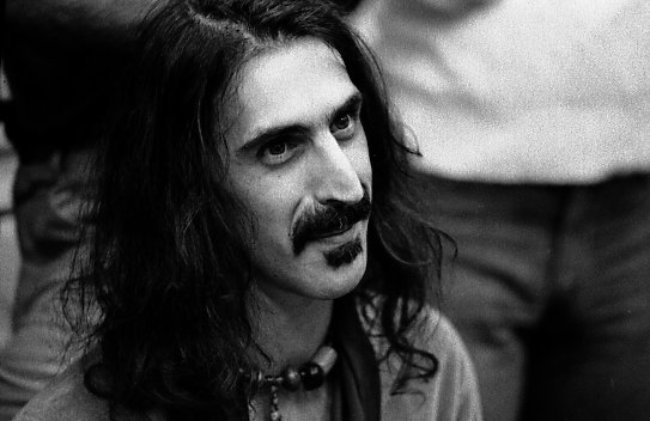 Jean-Luc, CC BY 2.0, Wikimedia Commons
Jean-Luc, CC BY 2.0, Wikimedia Commons
6. He Started Drumming On Wooden Planks
Zappa started discovering his musical talents when, at 12 years old, he learned to play the drums. However, his teacher had an unconventional strategy. Instead of learning to play drums on, well, drums, Zappa started out by banging on wooden planks. Funny enough, it helped him develop a keen ear—and was the spark to a lifelong obsession.
 Michael Ochs Archives, Getty Images
Michael Ochs Archives, Getty Images
7. He Was Obsessed With Every Kind of Music
By high school, Zappa had become obsessed with music—all kinds of music. When he wasn’t drumming with his high school rock band, he was developing an obsession with “avant-garde classical music”. Though his parents didn’t necessarily agree with his chosen passion, they bought him a phonograph and listened in amusement as he blared R&B, doo-wop, Stravinsky, and Webern.
There was, however, one artist that became Zappa’s true fascination.
 ThomasFHH, CC BY-SA 4.0, Wikimedia Commons
ThomasFHH, CC BY-SA 4.0, Wikimedia Commons
8. He Hunted For Rare Albums
While most teens his age bopped to Elvis or The Beatles, Zappa was the number one fan of the eccentric composer, Edgard Varèse. And for strange reasons. After reading a LOOK magazine article that dismissed Varèse’s Ionisation as “a weird jumble of drums and unpleasant sounds” Zappa knew he had to hear it.
After searching for over a year, he spotted the “mad scientist” look of Varèse on the cover and the rest, as they say, is history.
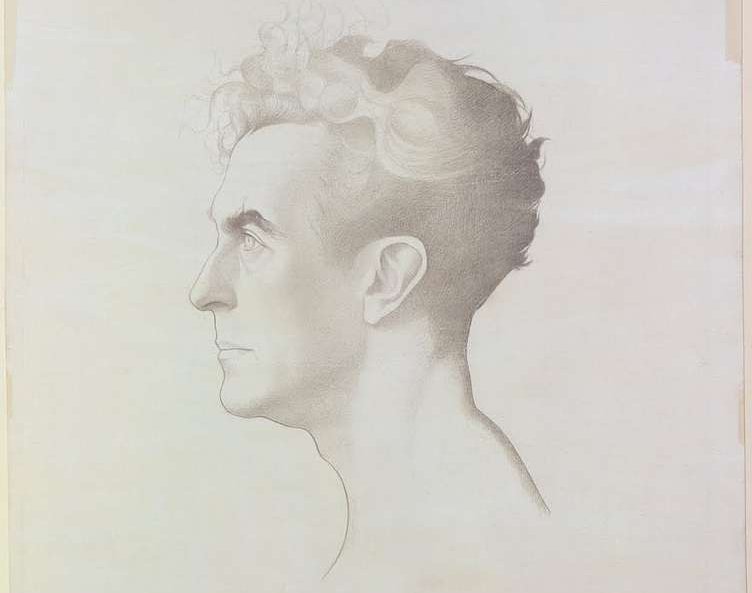 The Baltimore Museum of Art, Getarchive
The Baltimore Museum of Art, Getarchive
9. He Phoned His Childhood Idol
After convincing the store clerk to discount Varèse’s album, Zappa ran home and began playing the record…on repeat. Even though the constant drone of the eclectic composer annoyed Zappa’s mother, she surprised him by allowing him to make a long-distance call to Varèse on his 15th birthday.
Unfortunately, Varèse was in Europe, so Zappa only got to speak to his wife—but this little hiccup made way for something far better.
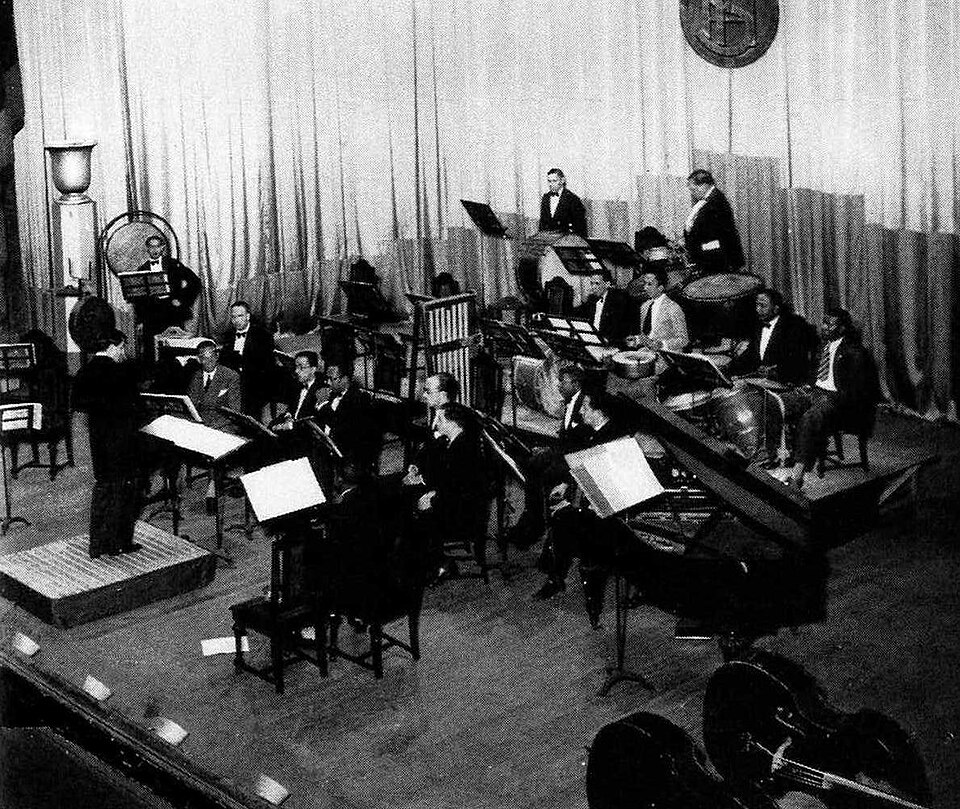 Flopinot2012, CC BY-SA 3.0, Wikimedia Commons
Flopinot2012, CC BY-SA 3.0, Wikimedia Commons
10. He Got A Letter From A Legend
Even though he missed his chance to talk to Varèse, Zappa got something even better: a personal letter from Varèse himself. The composer thanked Zappa for his interest and shared the details of a new piece of music he was composing. Zappa was so moved by the letter that he framed it and kept it on display for the rest of his life.
He was already a musical legend of his own.
11. He Met His Best Friend And Bitterest Foe
While still in high school, Zappa crossed paths with Don Glen Vliet, the eccentric musician who would later reinvent himself as Captain Beefheart. The two became instant friends, bonding over R&B records and musical experimentation. But as we’ll soon learn, Zappa didn’t always get along easily with everyone. And his friendship with Beefheart quickly became more trouble than it was worth.
12. His Bestie Drew Cartoons Of Him
As their careers advanced, Zappa and Captain Beefheart went from musical mates to noisy nemeses, clashing over creative differences when Beefheart joined Zappa’s 1975 tour. Zappa became increasingly frustrated as Beefheart sketched during performances, filling entire notebooks with caricatures of Zappa instead of focusing on the music.
The feud lasted for years, before the friends reconciled. Suffice to say, Zappa was not blameless.
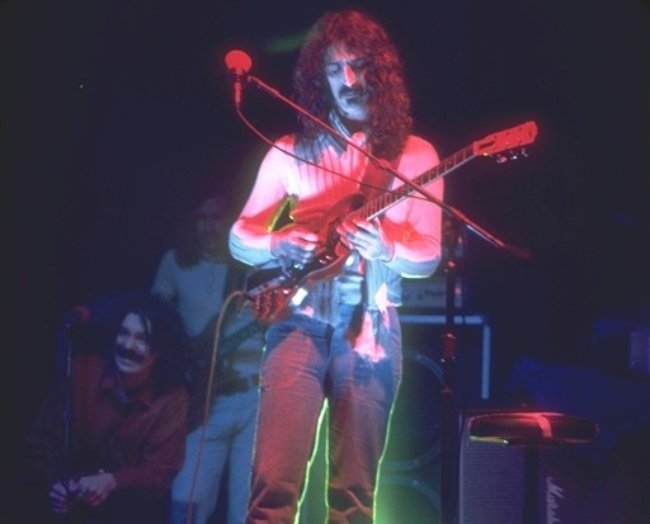 Carl Lender, CC BY 2.0, Wikimedia Commons
Carl Lender, CC BY 2.0, Wikimedia Commons
13. He Was A Teenage Composer
Even as a teenager, Zappa was already writing and conducting avant-garde orchestral pieces, developing a distinct sound. And, by his senior year, he was orchestrating performances, pushing his school’s band into uncharted musical territory.
After graduation Zappa moved to the big city, in search of his passion—but what he found wasn’t music at all.
14. He Married Young—Too Young
In 1959, Zappa left home, setting out to chase his musical ambitions in Los Angeles. But instead of lyrics, he found love: Kay Sherman. Zappa married Sherman shortly after his birthday in 1960, but the relationship didn’t last as long as a chorus. After just three years of marriage, the couple called it quits.
Things weren’t looking up for Zappa—and he had to settle for something else.
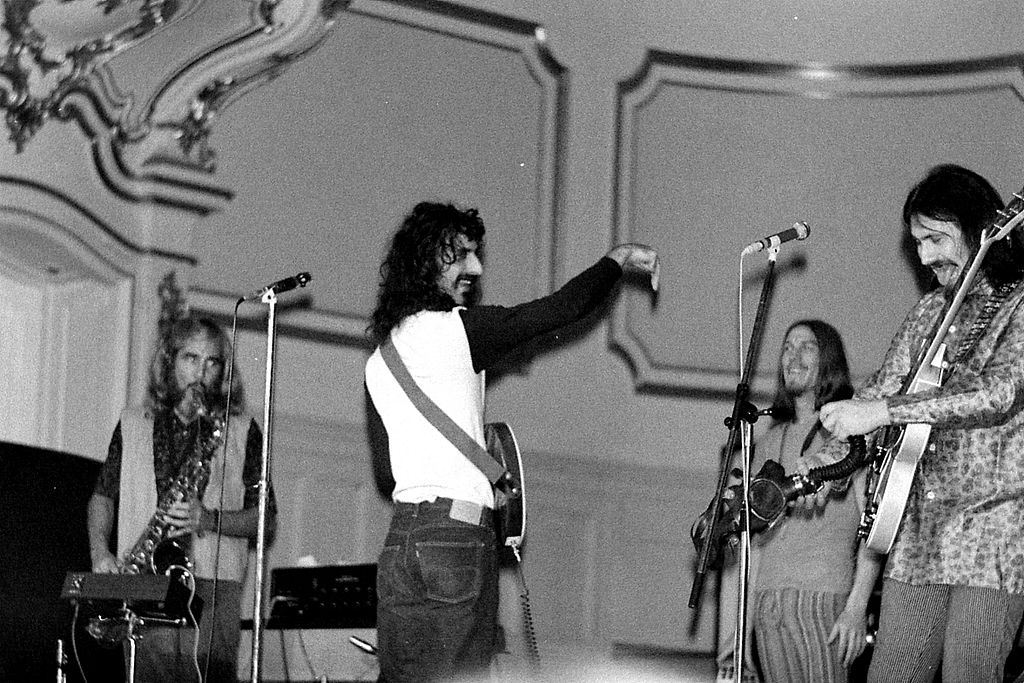 ThomasFHH, CC BY-SA 4.0, Wikimedia Commons
ThomasFHH, CC BY-SA 4.0, Wikimedia Commons
15. He Was All About The Visuals
As he struggled to find his rhythm in the music industry, Zappa did a brief stint working as a copywriter. Though he didn’t stay long, the experience turned out to be a formative one. He developed a love for graphic design and the visual arts that would later shape the sound of his music in interesting—and disturbing—ways.
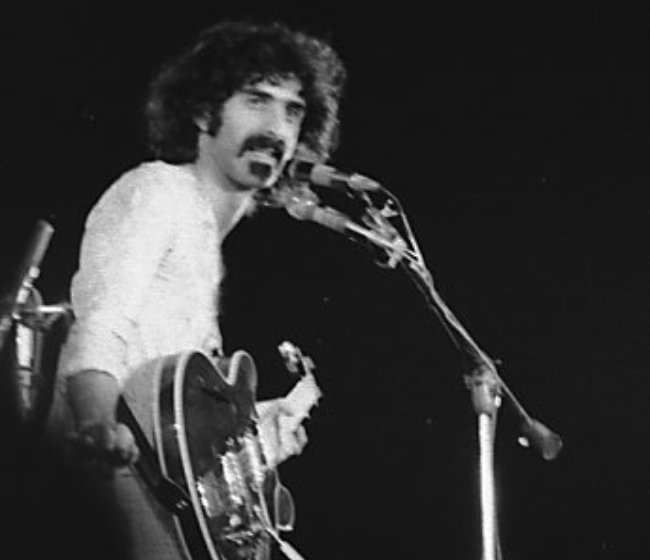 Jean-Luc, CC BY-SA 2.0, Wikimedia Commons
Jean-Luc, CC BY-SA 2.0, Wikimedia Commons
16. He Scored The “World’s Worst” Film
At just 22 years old, Zappa landed his first film scoring gig, composing the soundtrack for 1962’s The World’s Greatest Sinner. But, as far as he was concerned, the film was, itself, the world’s greatest sin. Shortly after the film’s release, Zappa called it “the world’s worst” movie. His soundtrack, however, probably didn’t help.
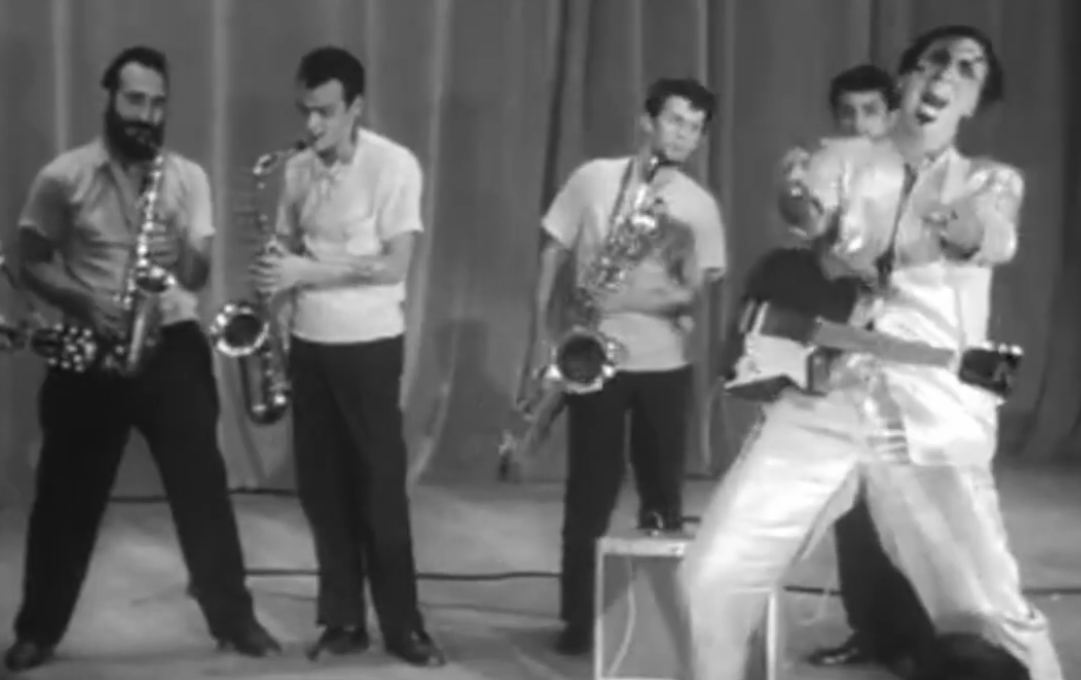 Frenzy Productions, The World's Greatest Sinner (1962)
Frenzy Productions, The World's Greatest Sinner (1962)
17. He Didn’t Like The King
Zappa’s score for The World’s Greatest Sinner was an early glimpse into his divisive sound. He composed every note as a satire, meant to mock one of the most beloved artists of all time: Elvis Presley. Allegedly, Zappa loathed The King and relished the opportunity to mock him in music. Thankfully, some heard his aptitude through his attitude.
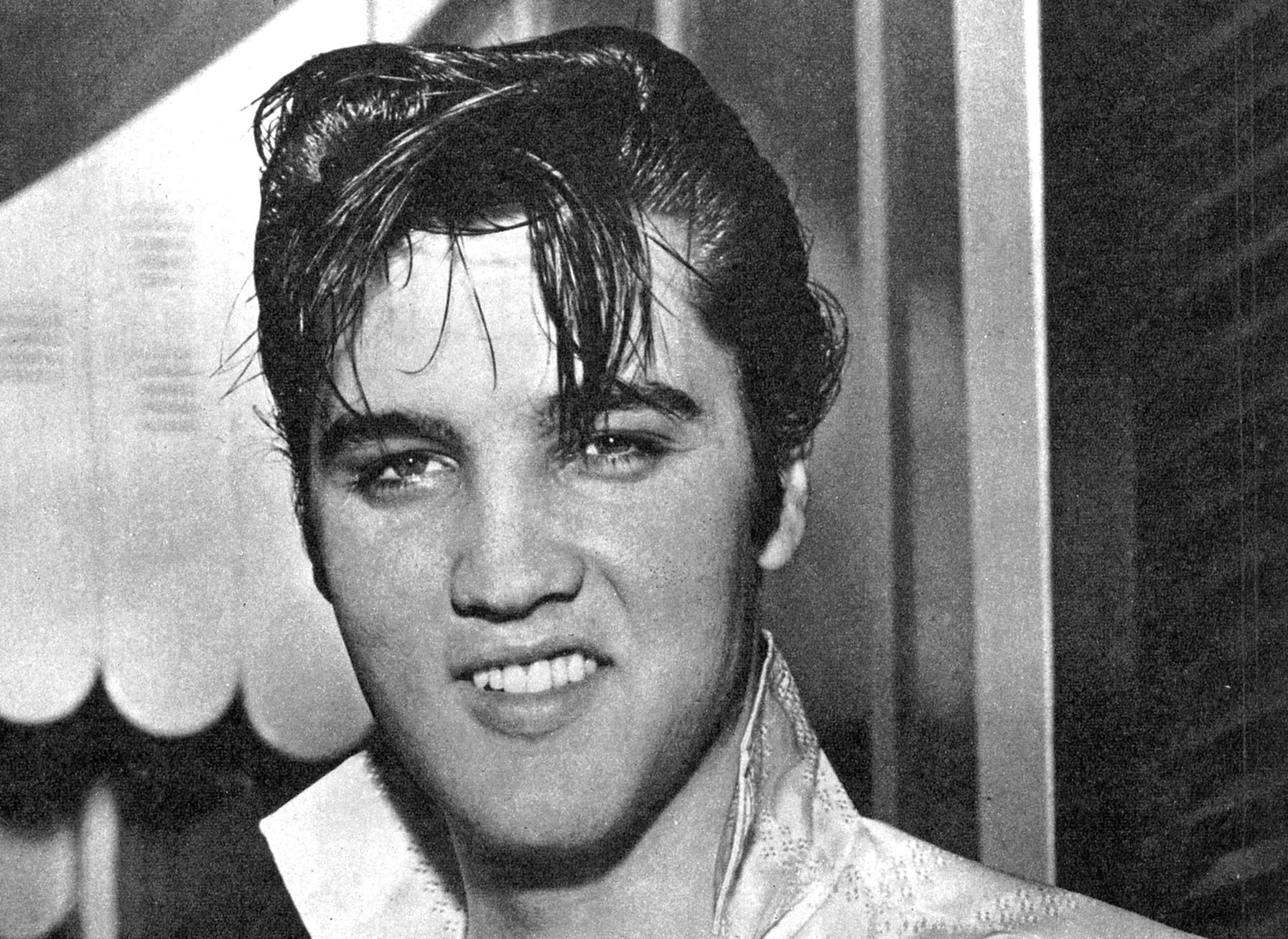 Rossano aka Bud Care, CC BY 2.0, Wikimedia Commons
Rossano aka Bud Care, CC BY 2.0, Wikimedia Commons
18. He Was A Controversial Composer
Determined to make a living as a musician, Zappa took on any gig he could find. He played at nightclubs, wrote songs for local artists, and worked behind the scenes with big names like Ray Collins and Paul Buff. Though nothing became a hit, he earned enough money by 1963 to stage an orchestral concert of his own compositions.
His next move would prove even weirder.
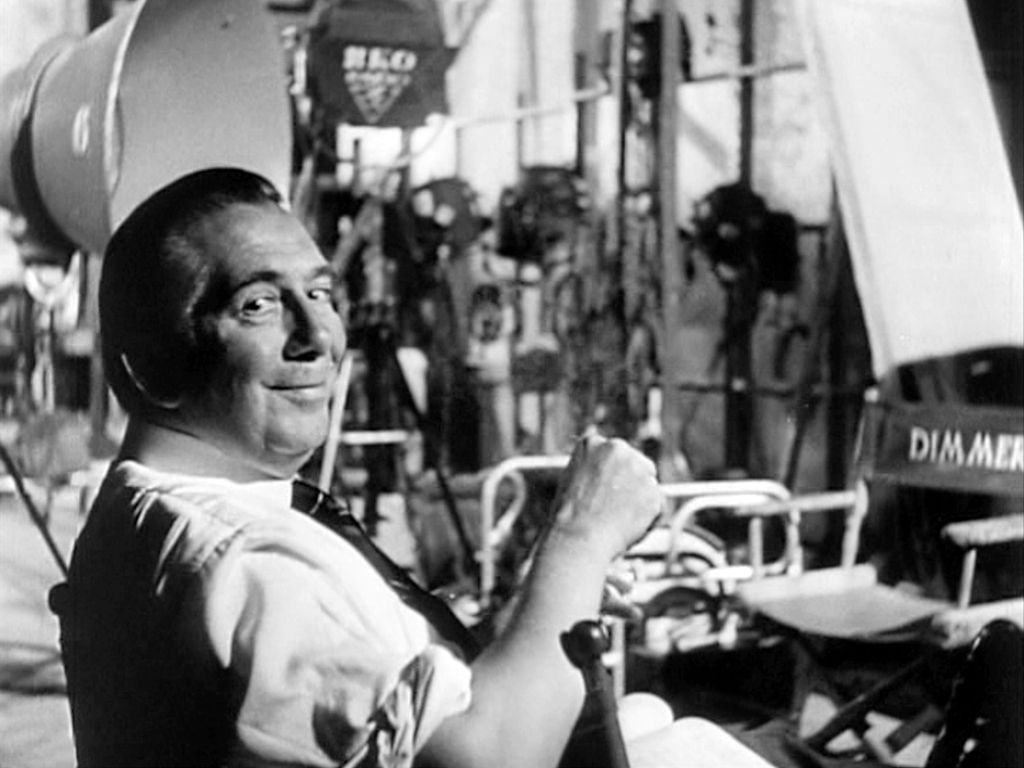 RKO Radio Pictures, Wikimedia Commons
RKO Radio Pictures, Wikimedia Commons
19. He Played A Bicycle On National TV
Later in 1963, Zappa made his first TV appearance—and left quite the impression. The eccentric musician showed up on The Steve Allen Show, playing a bicycle as a musical instrument. Using drumsticks and a borrowed bow, he banged, plucked, and scraped the bike’s spokes to create a bizarre, atonal symphony.
Audiences were left scratching their heads.
20. He Had No Potential
Given Zappa’s strange sounds, it was little surprise what happened next. When he and various bandmates from “The Soots” and “The Mothers of Invention” presented their songs to record labels, they didn’t know what they were listening to. Columbia Records, for example, turned Zappa down outright, claiming that he had “no commercial potential”.
It was a brutal critique—but one that Zappa would wear like a badge of honor.
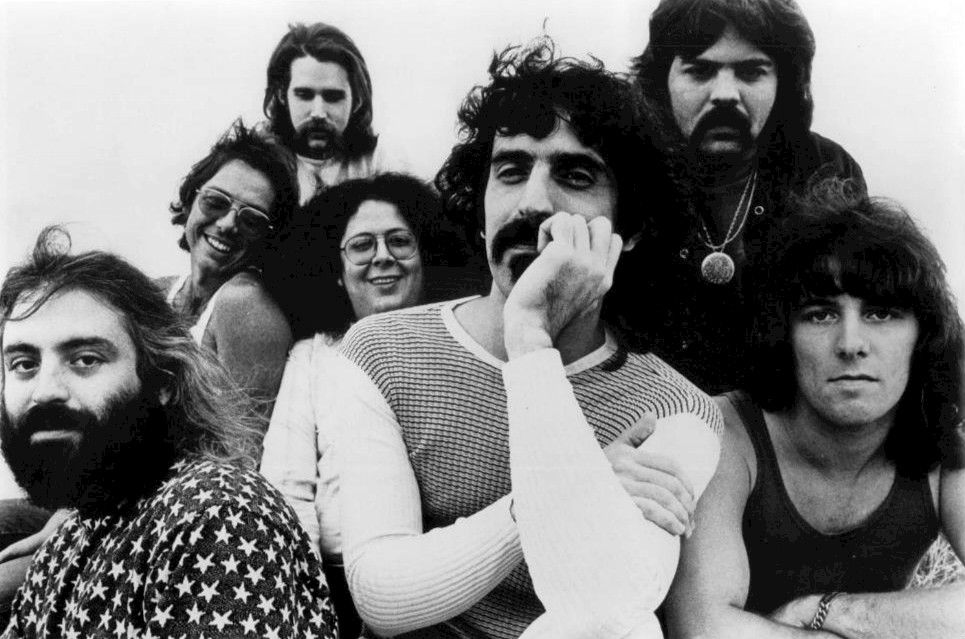 Herb Cohen Management, Wikimedia Commons
Herb Cohen Management, Wikimedia Commons
21. He Turned A Studio Into A Laboratory
After his first marriage crumbled, Zappa moved into a recording studio—literally. He lived and worked in the studio, devoting 12-hour days to tinkering with tape manipulation, overdubbing, and bizarre sonic textures. Eventually, he took over the place, renaming it Studio Z. But this wasn’t just a workplace—it became a haven for misfits and musicians.
And mischief.
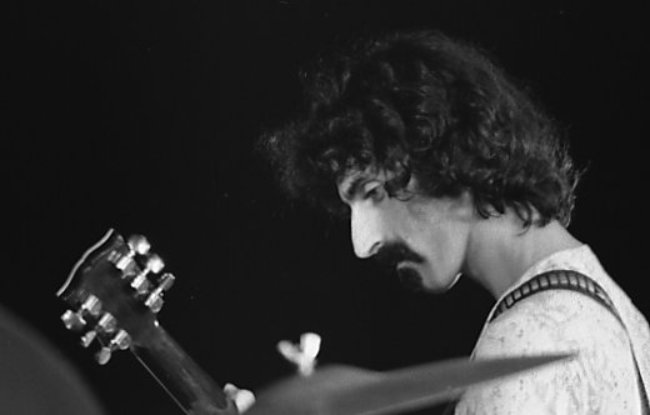 Jean-Luc, CC BY-SA 2.0, Wikimedia Commons
Jean-Luc, CC BY-SA 2.0, Wikimedia Commons
22. He Made Explicit Sounds
Zappa’s reputation for pushing boundaries caught up with him in March 1965, when local authorities became convinced that he was up to no good in Studio Z. Things came to a head when an unidentified man offered Zappa $100 to create an explicit audio tape. Always up for a challenge, Zappa accepted.
He had no idea he was walking into a trap.
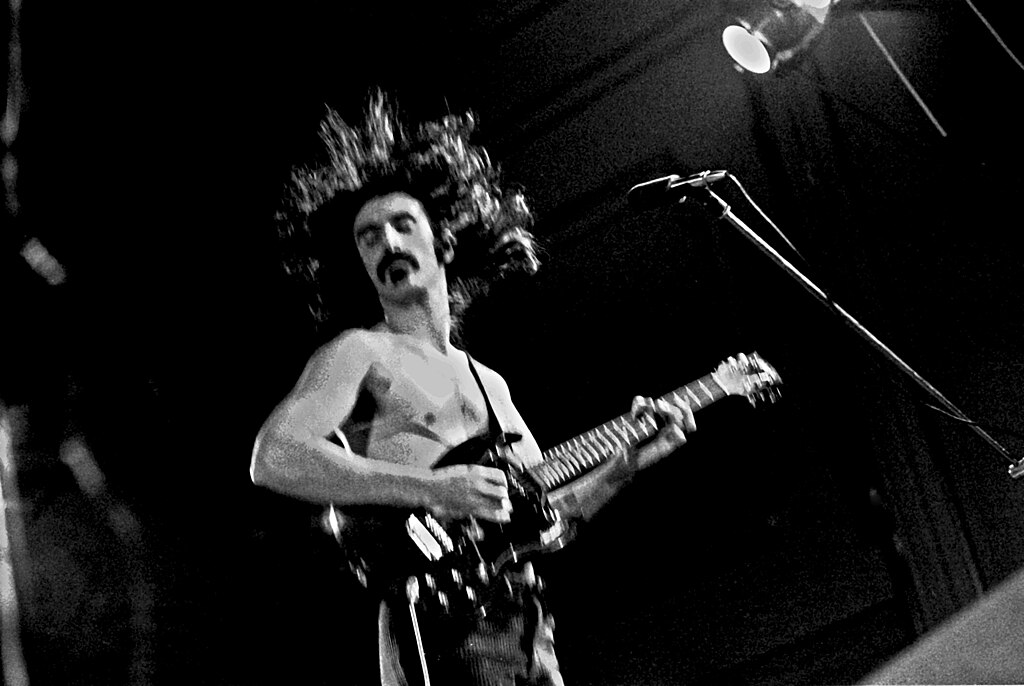 Heinrich Klaffs, CC BY-SA 2.0, Wikimedia Commons
Heinrich Klaffs, CC BY-SA 2.0, Wikimedia Commons
23. He Fell Into A Trap
With a female friend, Zappa produced the explicit tape, thinking it was just another paid gig. But when he handed over the tape, the unidentified man revealed himself to be an undercover officer. After throwing Zappa in cuffs, the authorities raided his studio and seized his other recordings.
The press mocked Zappa mercilessly, painting him as a sleazy underground filmmaker. It was a humiliating takedown—and it wasn’t over yet.
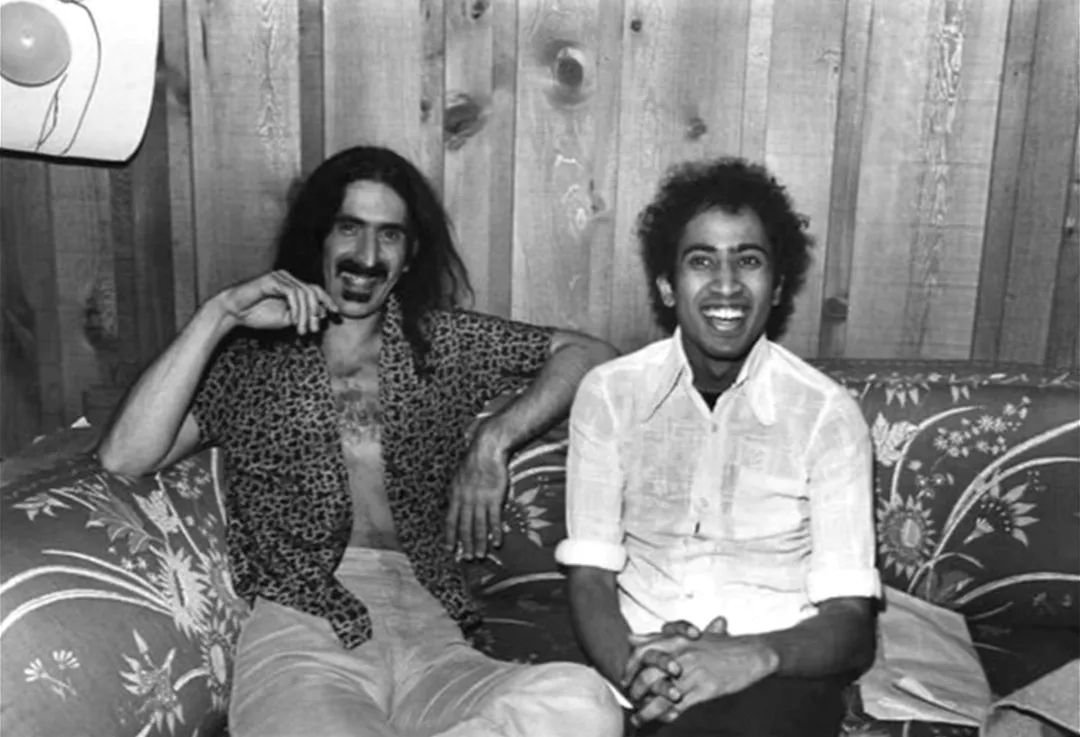 Unknown Artist, CC BY-SA 4.0, Wikimedia Commons
Unknown Artist, CC BY-SA 4.0, Wikimedia Commons
24. He Spent Time Behind Bars
Authorities hit Zappa with a felony charge, but later reduced it to a misdemeanor so that he only served 10 days in lockup. But the damage was already done. The experience cemented his lifelong hatred for censorship and authority, themes that would dominate his music.
With his studio wrecked and most of his recordings gone, Zappa lost everything—except his will to fight.
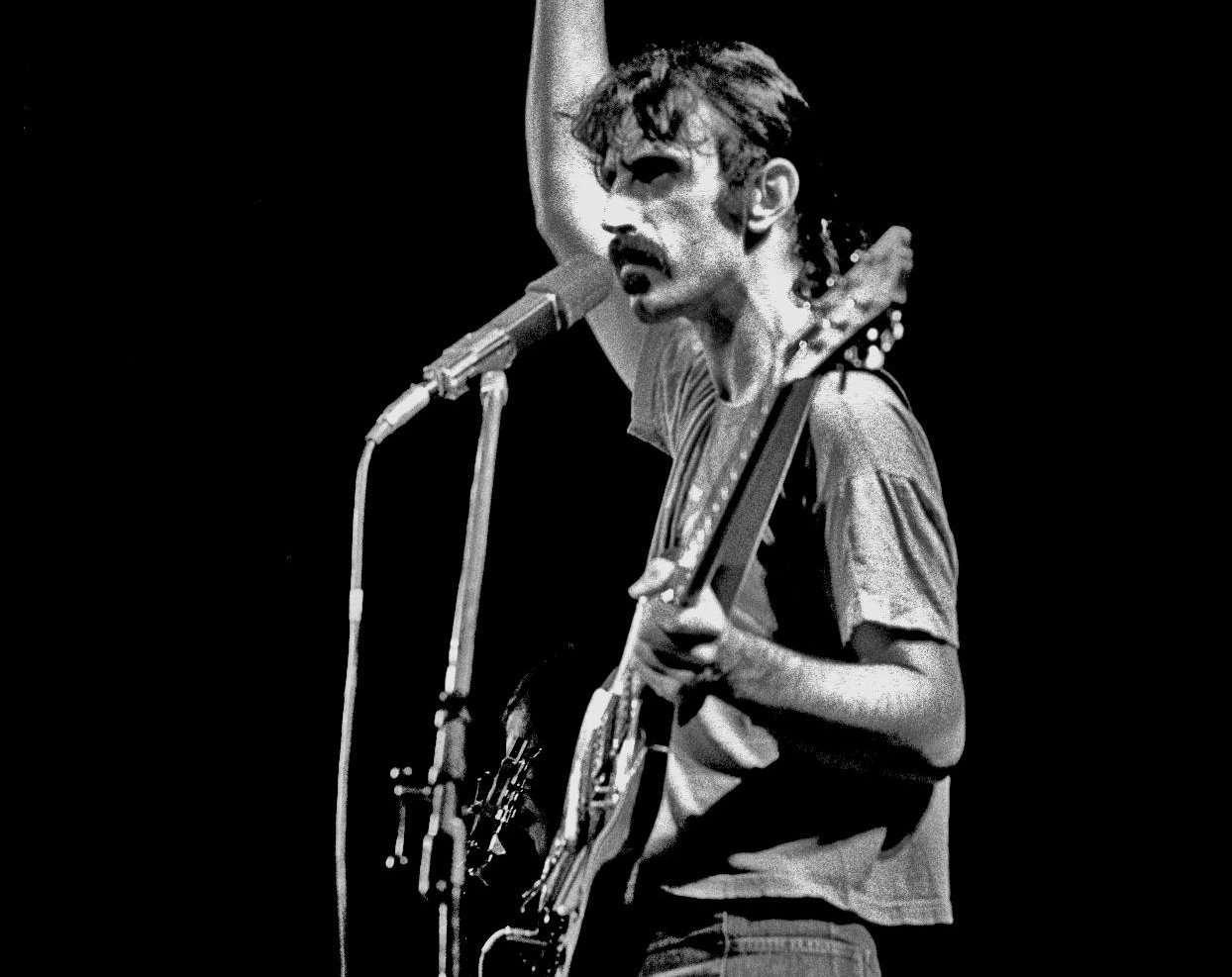 Heinrich Klaffs, CC BY-SA 2.0, Wikimedia Commons
Heinrich Klaffs, CC BY-SA 2.0, Wikimedia Commons
25. He Became A “Mother”
Determined to start over, Zappa convinced his bandmates to play his music exclusively, betting it would land them a record deal. And he was right. On Mother’s Day 1965, Zappa and his bandmates debuted as “The Mothers”, later changing their name to “The Mothers of Invention”. It was a suitable name, given that Zappa was about to reinvent sound.
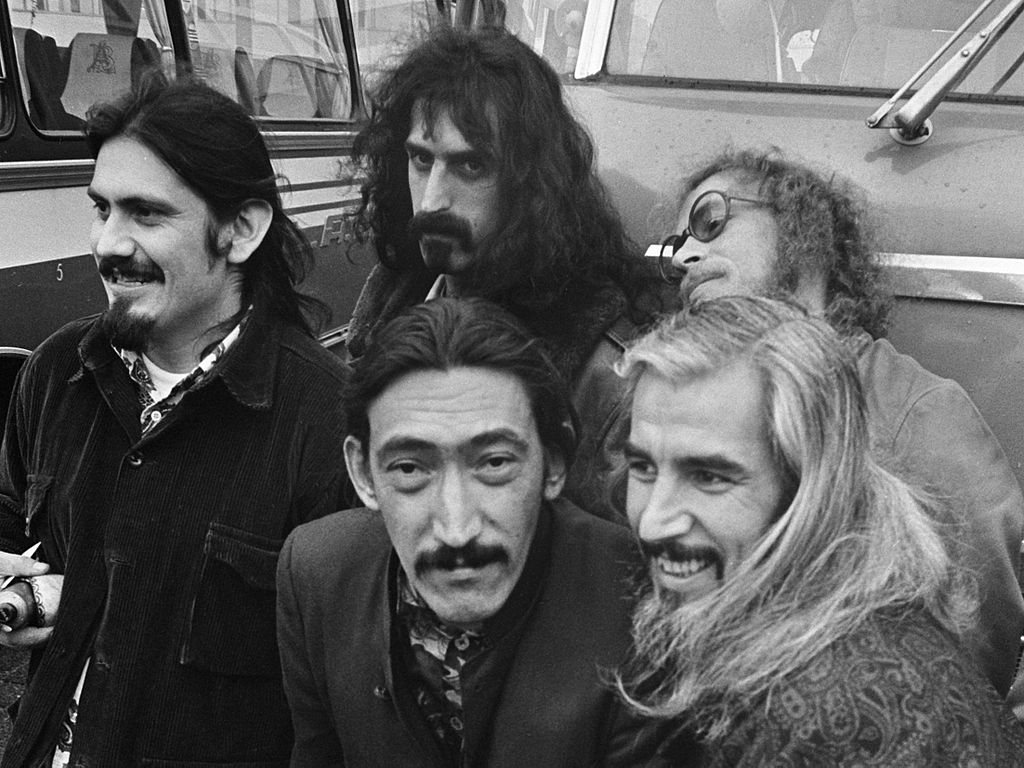 Ron Kroon for Anefo, CC0 Wikimedia Commons
Ron Kroon for Anefo, CC0 Wikimedia Commons
26. His Songs Went On…And On, And On
Zappa and his Mothers bandmates released Freak Out! in 1966. To everyone’s surprise, the genre-defying, orchestral-infused rock odyssey became a favorite of Los Angeles’ “freak” subculture. However, despite the album’s success, Zappa wasn’t happy with it. According to Zappa, the album’s ear-splittingly long 11-minute final track, “Return of the Son of Monster Magnet”, was supposed to be even longer.
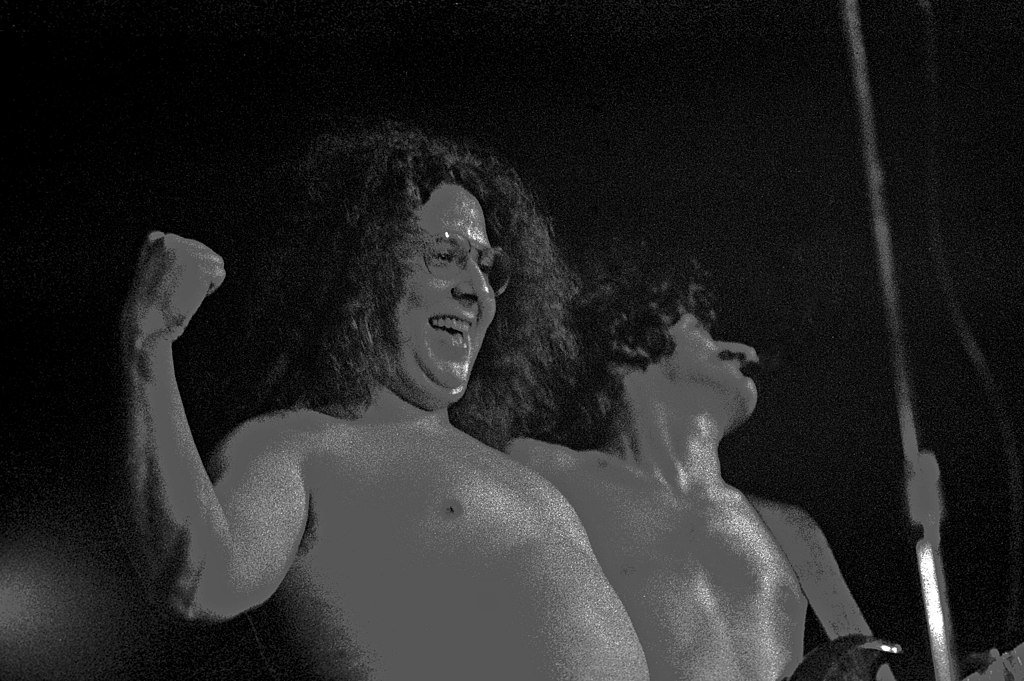 Heinrich Klaffs, CC BY-SA 2.0, Wikimedia Commons
Heinrich Klaffs, CC BY-SA 2.0, Wikimedia Commons
27. He Was A Clean Rockstar
After Freak Out!, Zappa moved into a Laurel Canyon house. With the album’s increasing popularity, the pad became a magnet for LA’s wildest musicians and groupies. Funny enough, Zappa was the least eccentric person there. Even as hard substances gained traction in the 1960s and 70s, Zappa maintained a clean lifestyle and openly criticized substances like blow.
He was surprisingly humble.
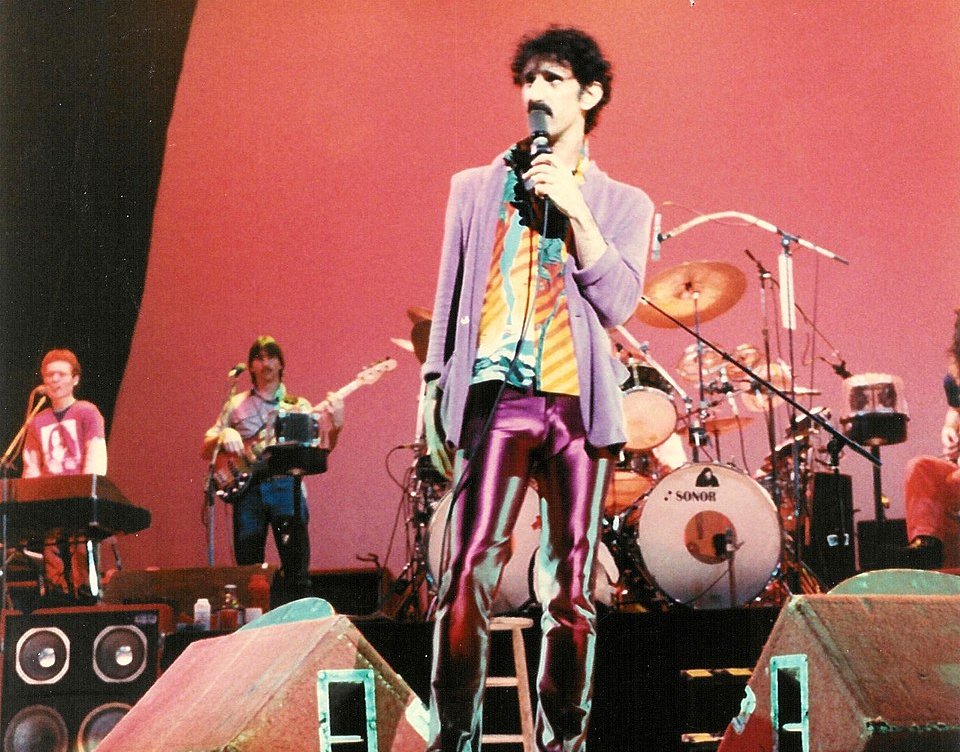 EddieBerman, CC BY 2.0, Wikimedia Commons
EddieBerman, CC BY 2.0, Wikimedia Commons
28. He Fell In Love In Minutes
Between touring and recording, Zappa found time for one other life-changing event; falling in love. It didn’t take him long either. In 1966, he met Adelaide Gail Sloatman and, within minutes, he was smitten. By the summer, they had moved in together, and by the end of the summer, they were married. Shortly thereafter, the birth of their first daughter, Moon Unit, followed.
But when he finally returned to the stage, something completely unexpected happened.
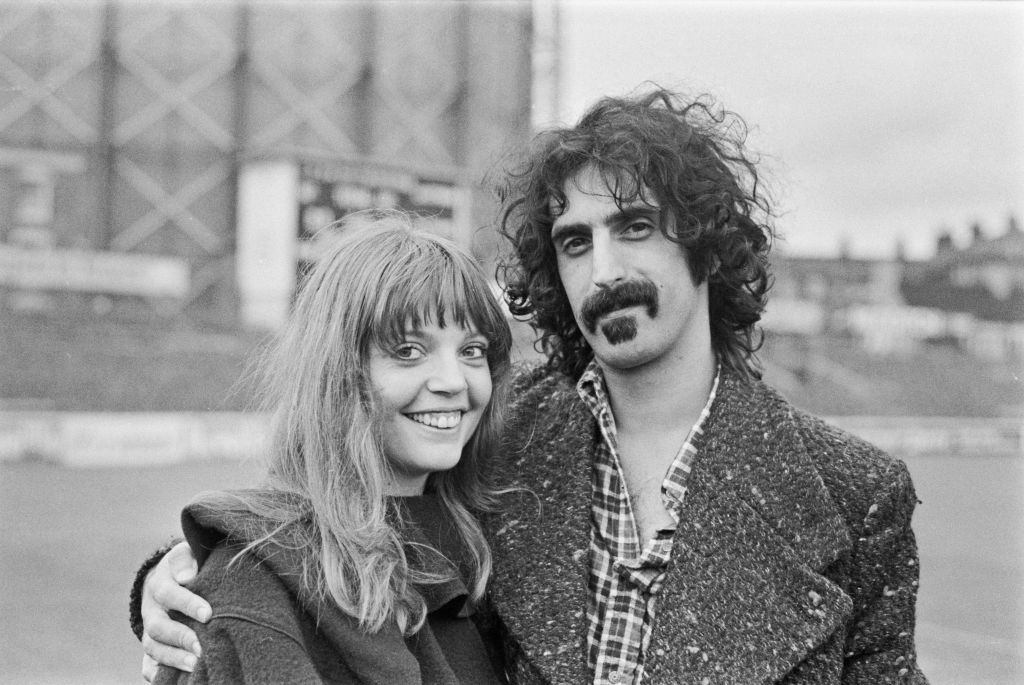 Evening Standard, Getty Images
Evening Standard, Getty Images
29. He Left His Fans Confused
After a six-month New York residency in 1968, Zappa returned to Los Angeles with the Mothers of Invention and a new sound. However, his LA fans weren’t digging it. His instrumental jazz and classical compositions left fans baffled, and he complained that they failed to appreciate his “electrical chamber music”.
It was time for a change.
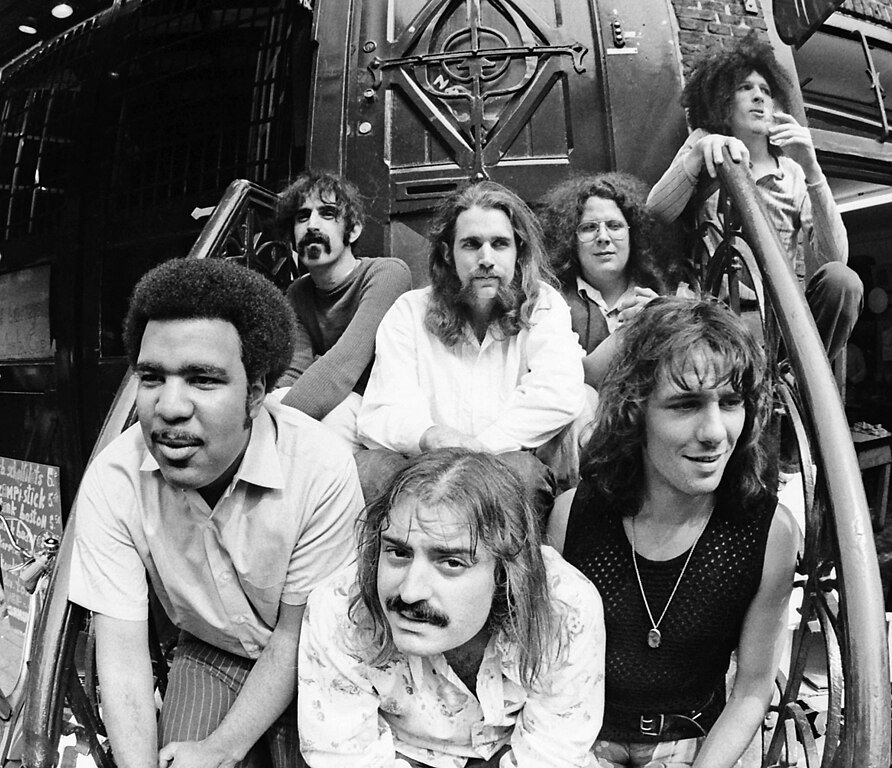 Fotopersbureau de Boer, CC0, Wikimedia Commons
Fotopersbureau de Boer, CC0, Wikimedia Commons
30. He Broke Up The Band
By 1969, the Mothers of Invention had ballooned into a nine-member group with Zappa shouldering the financial burden alone. Whether they played or not, he was paying them out of his own pocket. Finally, the strain was too much and Zappa did what he had to do: broke up the band. While Zappa blamed money troubles, his bandmates sang a different tune.
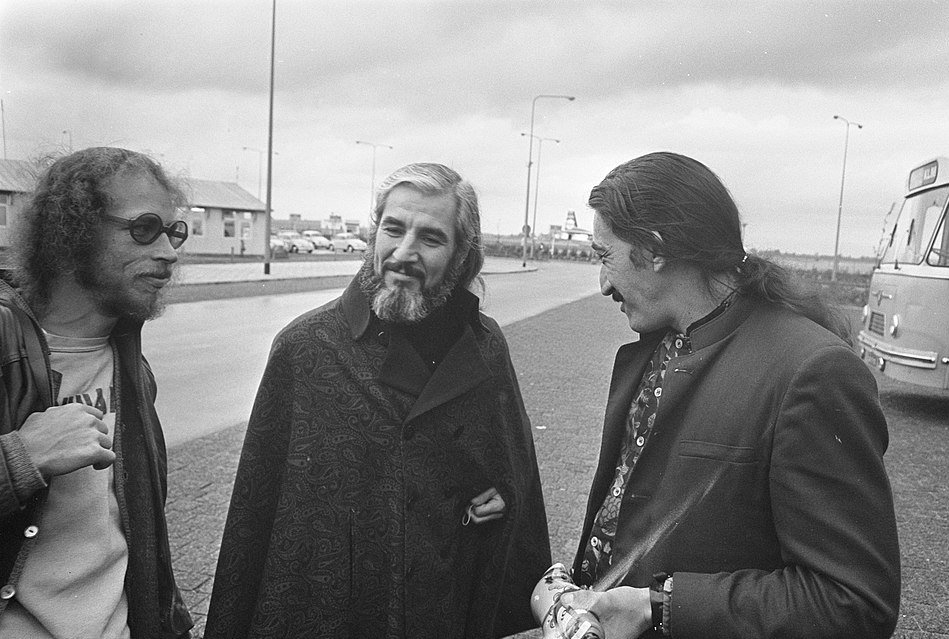 Ron Kroon, CC0, Wikimedia Commons
Ron Kroon, CC0, Wikimedia Commons
31. He Was An Auditory Autocrat
Zappa’s rigid perfectionism created rifts within the Mothers before the split. In fact, things had gotten so tense between the bandmates that, while on tour, Zappa refused to stay in the same hotel as the rest of the band. After the split, bandmates openly called Zappa “autocratic” and demanding.
He would be better off on his own anyway.
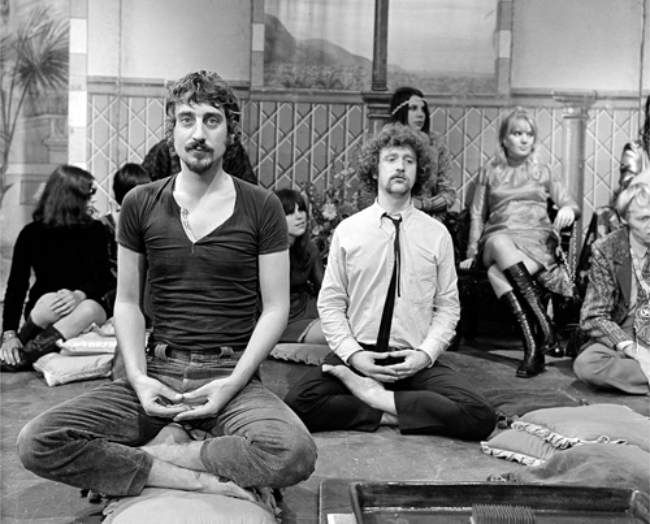 A. Vente, CC BY-SA 3.0, Wikimedia Commons
A. Vente, CC BY-SA 3.0, Wikimedia Commons
32. He Was Better Off Alone
After dismantling the Mothers of Invention, Zappa wasted no time redefining himself. He emerged in 1969 with Hot Rats, a genre-smashing solo album that proved he didn’t need a full band to create magic. The album’s jazz-rock-R&B fusion, intricate compositions, and extended guitar solos pushed his sound to new experimental heights—and critics ate it up.
But his next big idea was even bolder.
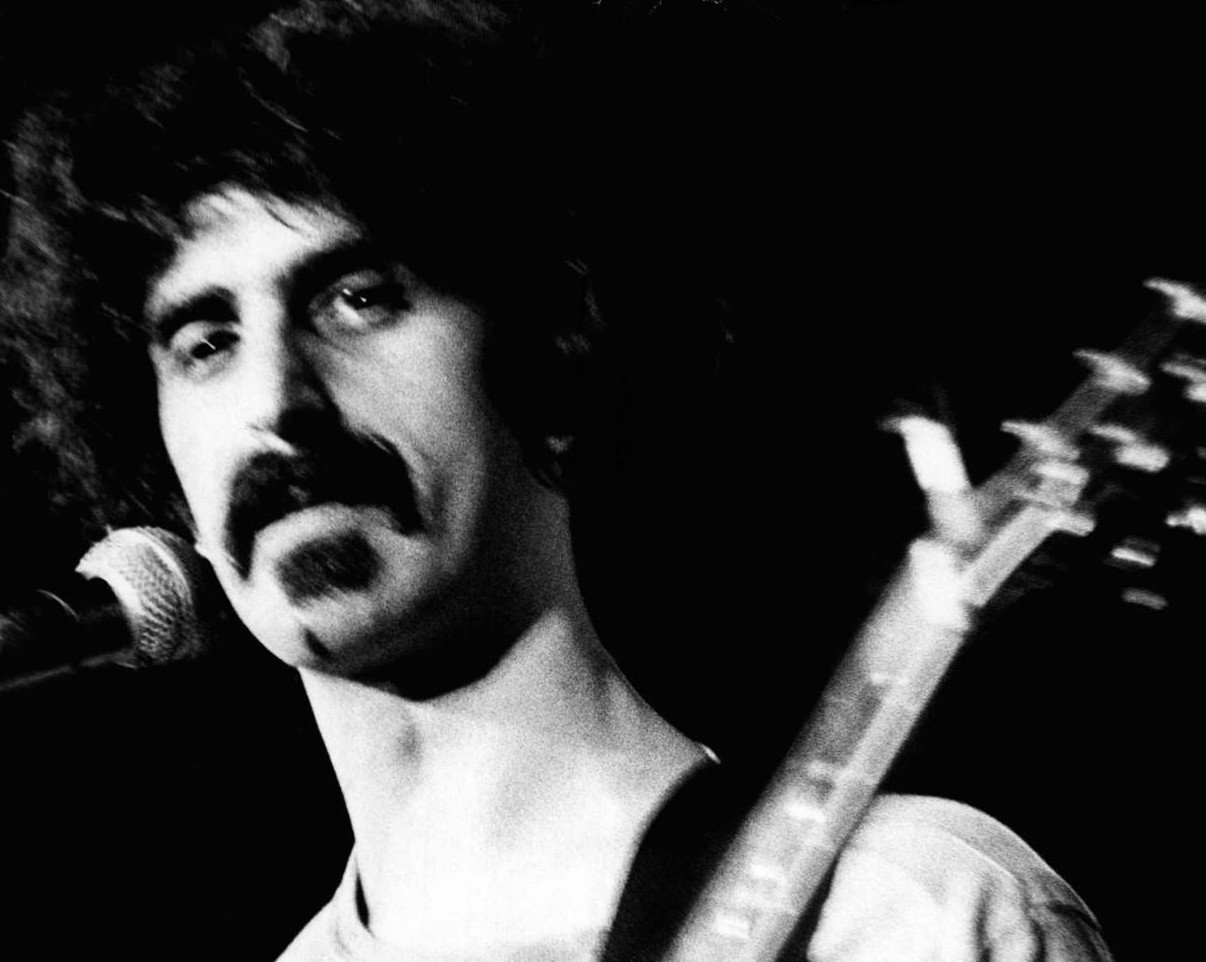 Jay L. Handler, Wikimedia Commons
Jay L. Handler, Wikimedia Commons
33. He Brought Classical Music and Rock Together—And Hated It
Following the success of Hot Rats, Zappa teamed up with renowned conductor Zubin Mehta for an ambitious orchestral-rock concert with the Los Angeles Philharmonic. However, not even one of the best orchestras was up to the challenge of playing his compositions. Zappa griped that orchestras played his music without passion and precision.
Turns out, there was only one group of musicians he could rely on.
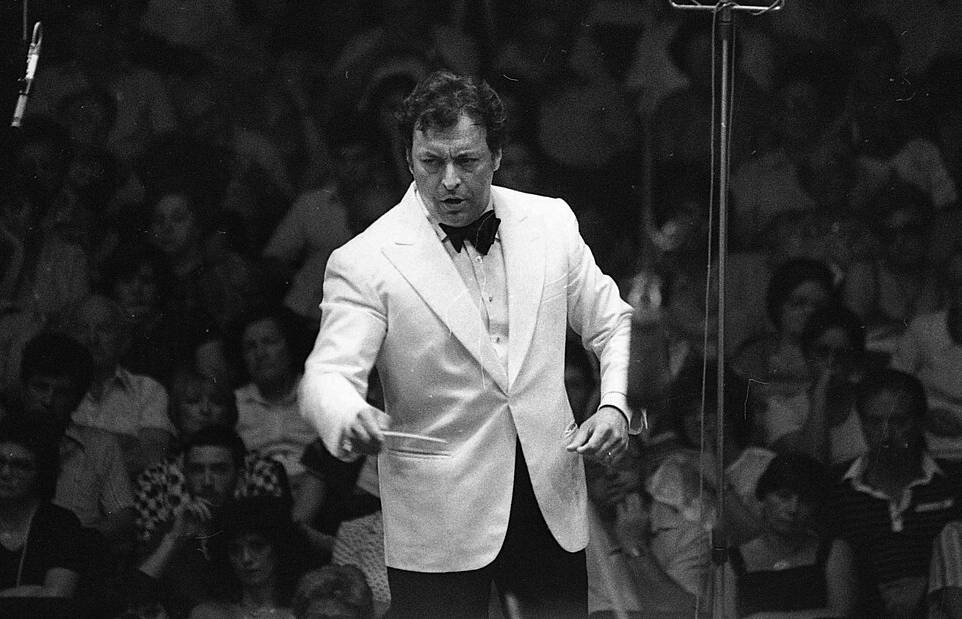 IPPA Staff photographe, CC BY 4.0, Wikimedia Commons
IPPA Staff photographe, CC BY 4.0, Wikimedia Commons
34. He Put The Band Back Together
Despite his solo success, Zappa yearned for a band that could play his music his way. So, in 1970, he put the band back together with the simplified name “Mothers”. Clearly, however, not much had changed since they first broke up—and he captured the fallout live on tape.
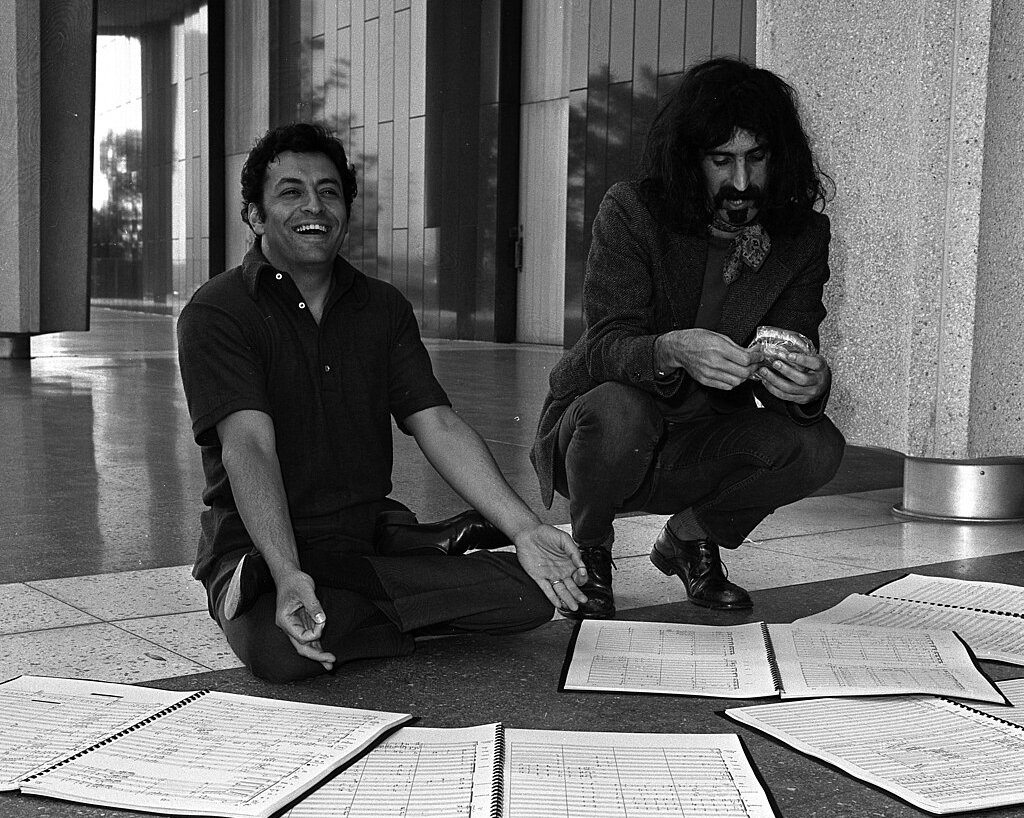 Mary Frampton, CC BY 4.0, Wikimedia Commons
Mary Frampton, CC BY 4.0, Wikimedia Commons
35. He Clashed With His Film Crew
Zappa made the curious decision to film the band’s reunion. The result, 200 Motels, was a wild, psychedelic trip of a film about life on the road. But the production was chaotic, with tensions flaring between Zappa, the cast, and crew.
But his uncomfortable film production was nothing compared to what fate had in store for Zappa later that year. Things were about to get so much worse.
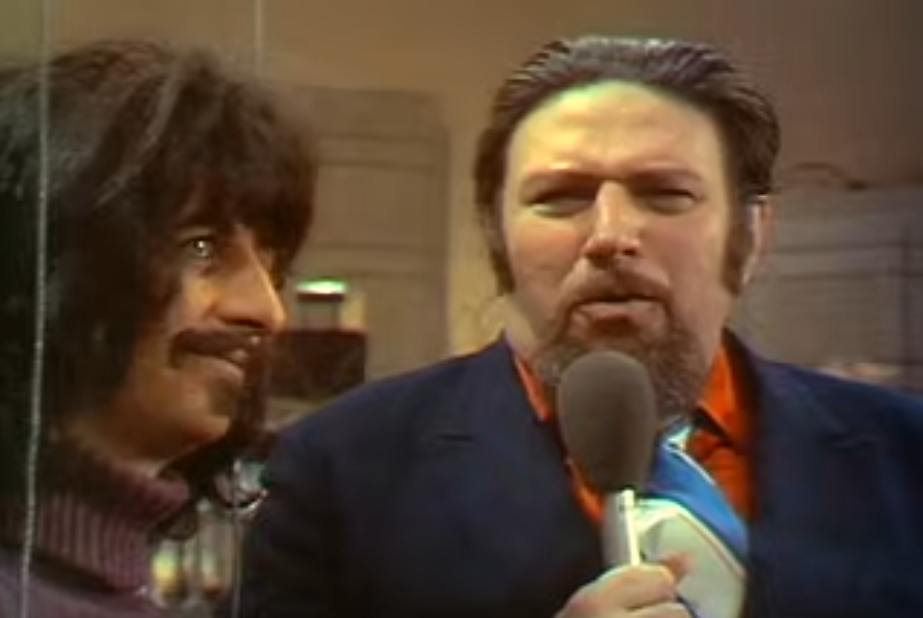 Bizarre Productions, 200 Motels (1971)
Bizarre Productions, 200 Motels (1971)
36. His Gear—and a Casino—Went Up in Flames
Zappa’s luck took a catastrophic turn on December 4, 1971 in a fiery incident that nearly ended his career—and his life. During a concert performance inside the Casino de Montreux an excited fan fired off a flare. The incendiary device sparked a firestorm that consumed the entire casino and hundreds of thousands of dollars’ worth of Zappa’s equipment.
As horrific as this event was, it still got worse.
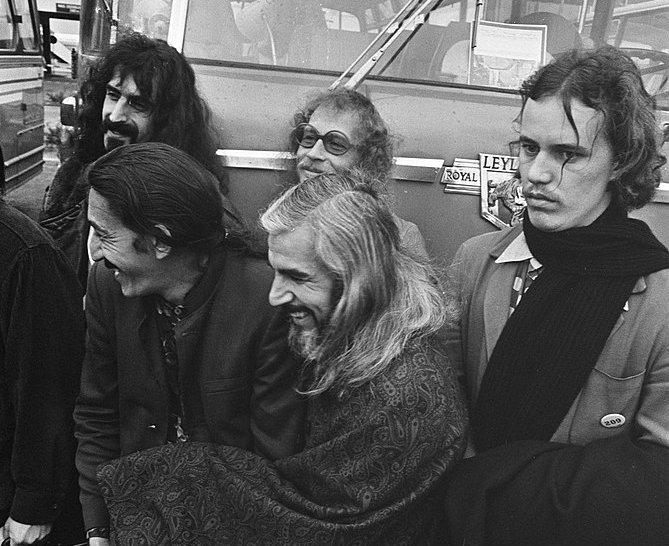 Ron Kroon, CC0, Wikimedia Commons
Ron Kroon, CC0, Wikimedia Commons
37. He Took A Tumble
Despite the financial setback, Zappa and the Mothers pressed on, renting equipment for a show at London’s Rainbow Theatre. But disaster struck again when a deranged fan, Trevor Charles Howell, rushed the stage. In a move that shocked the audience, Howell proceeded to shove Zappa off the stage into the cement orchestra pit below.
Everyone feared the worst.
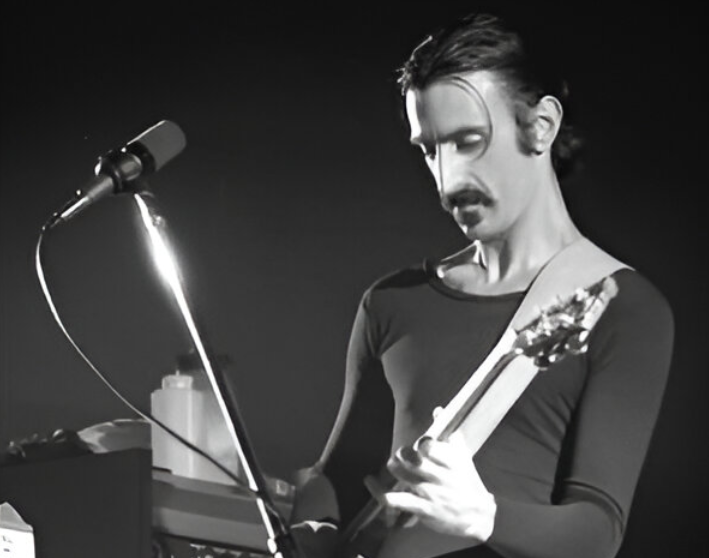 Helge Overas, CC BY-SA 4.0, Wikimedia Commons
Helge Overas, CC BY-SA 4.0, Wikimedia Commons
38. He Barely Survived
As the stunned audience and band members looked on, Zappa fell into the orchestra pit with everyone believing that the eccentric artist had taken his “final bow”. Fortunately, Zappa survived the incident—but only barely. The fall left him with a fractured skull, broken leg, and crushed larynx.
As traumatizing as it was, the reason for the altercation was even more injurious.
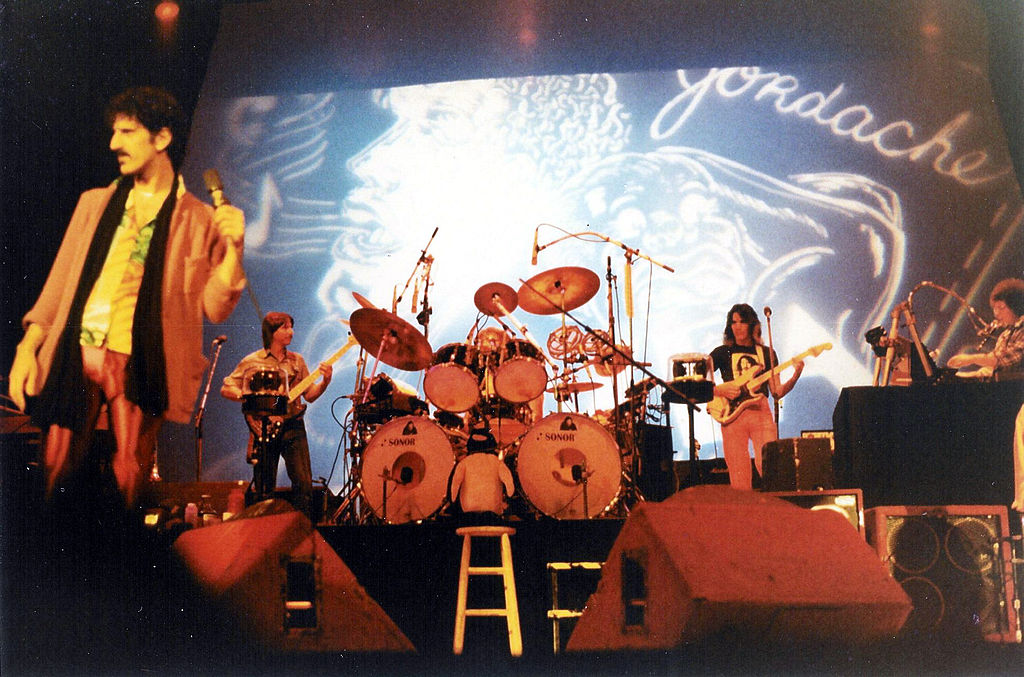 Eddie Berman, CC BY 2.0, Wikimedia Commons
Eddie Berman, CC BY 2.0, Wikimedia Commons
39. He Made His Fans Jealous
The irony in Zappa’s tragic incident was that it occurred during an encore performance of The Beatles’ “I Want to Hold Your Hand”. Zappa’s attacker, Howell, later confessed that the reason he pushed the rock musician off the stage was jealousy after his girlfriend said she had a crush on him. The only thing crushed, however, was Zappa’s larynx.
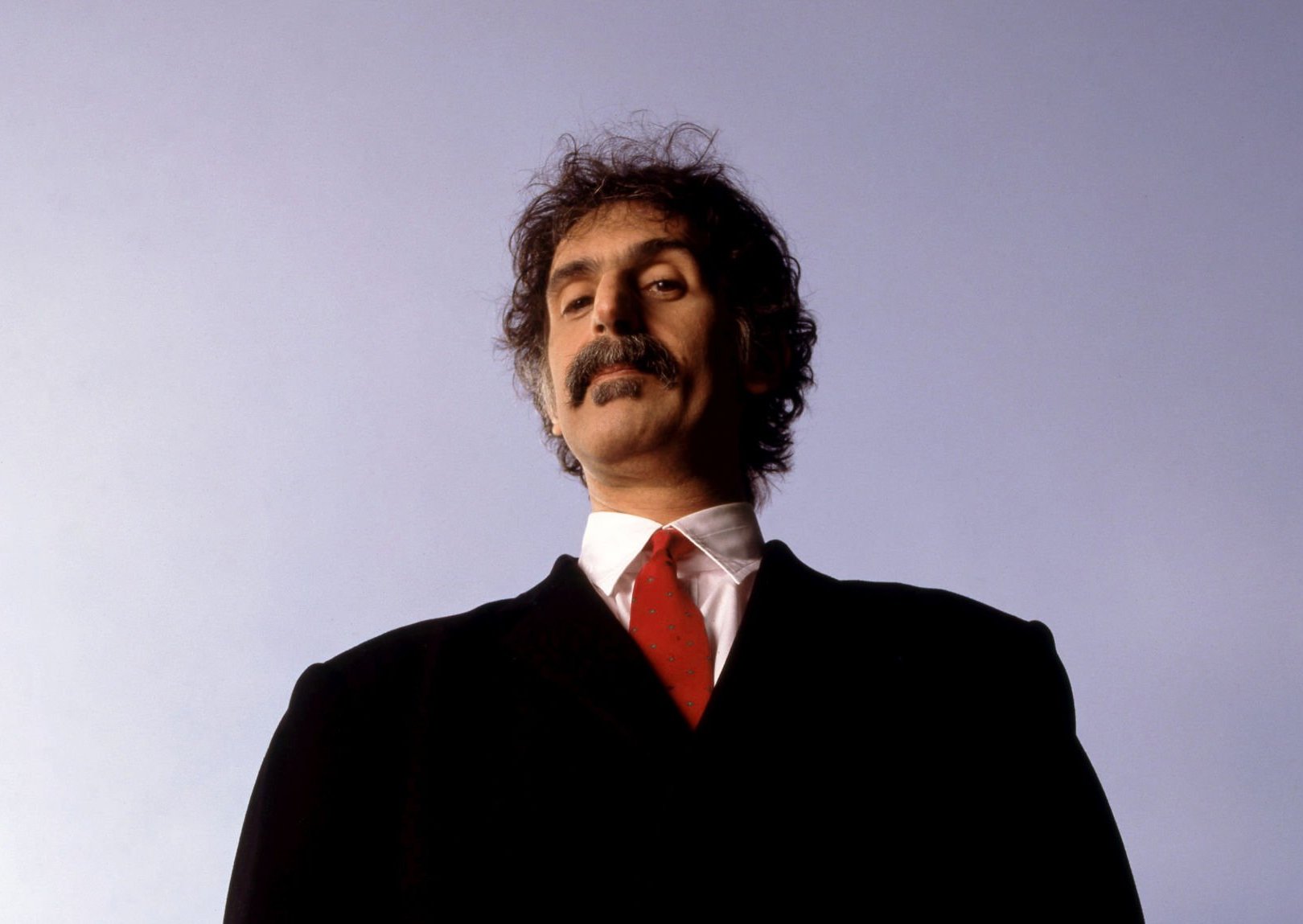 Bonnie Schiffman Photography, Getty Images
Bonnie Schiffman Photography, Getty Images
40. He Sang In A Lower Register
Zappa’s injuries from his fall off the stage altered his music forever. Though he survived, the damage to his larynx caused his voice to drop a third in pitch. Further, he mused that post-recovery, one leg was “shorter than the other” leaving him with chronic back pains. It would be a while before he had the strength to rock like he used to.
And his recovery was anything but bearable.
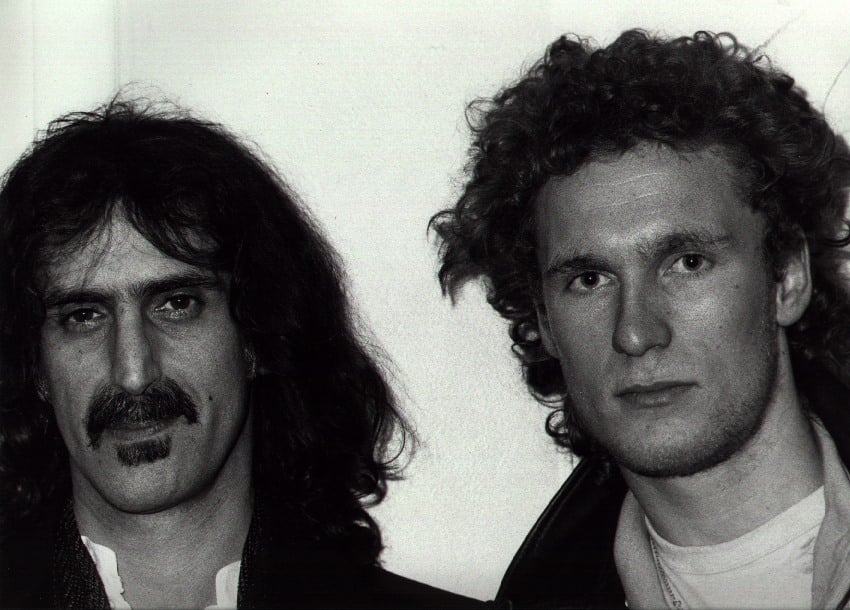 Vavox Project, CC BY-SA 4.0, Wikimedia Commons
Vavox Project, CC BY-SA 4.0, Wikimedia Commons
41. He Couldn’t Rock Like He Used To
Zappa’s recovery was slow and painful. He spent months in a wheelchair, making touring impossible for over half a year. When he finally did return to the stage in September 1972, he was still wearing a leg brace, walked with a noticeable limp, and couldn’t stand for long periods. True to form, however, he turned his misery into music.
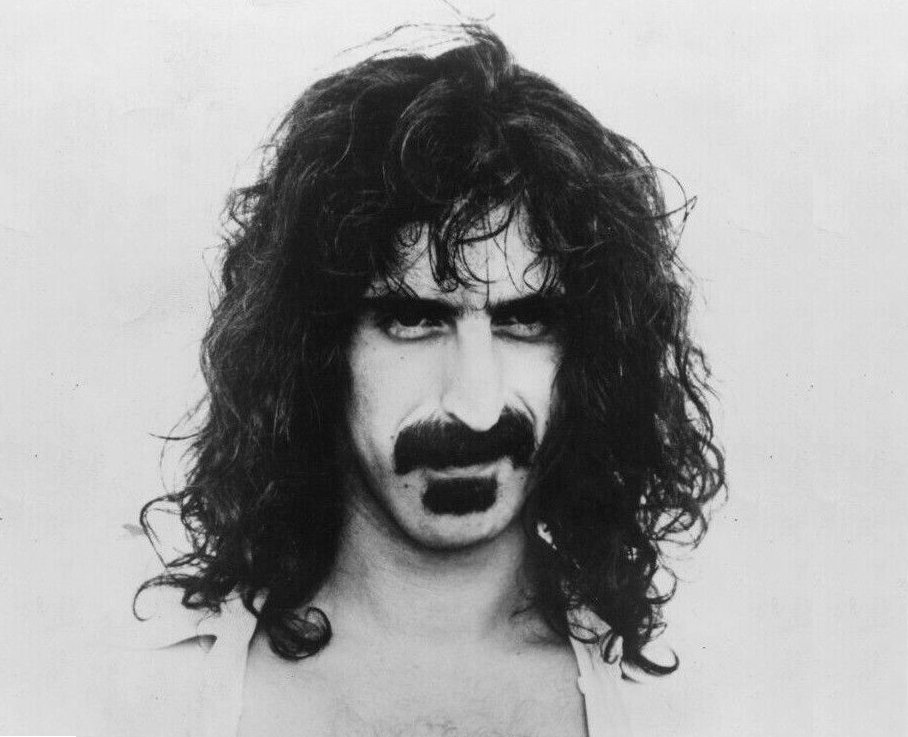 Discreet Records, Wikimedia Commons
Discreet Records, Wikimedia Commons
42. He Made A Comeback
Forced off the road, Zappa channeled his energy into the studio, releasing two jazz-heavy albums in 1972; Waka/Jawaka and The Grand Wazoo. These albums were evolutions of his cult-classic Hot Rats, featuring extended jams, heavy instrumentals, and intricate solos. With two more albums to tour, by the end of the year, he was back on the road—and more renegade than ever before.
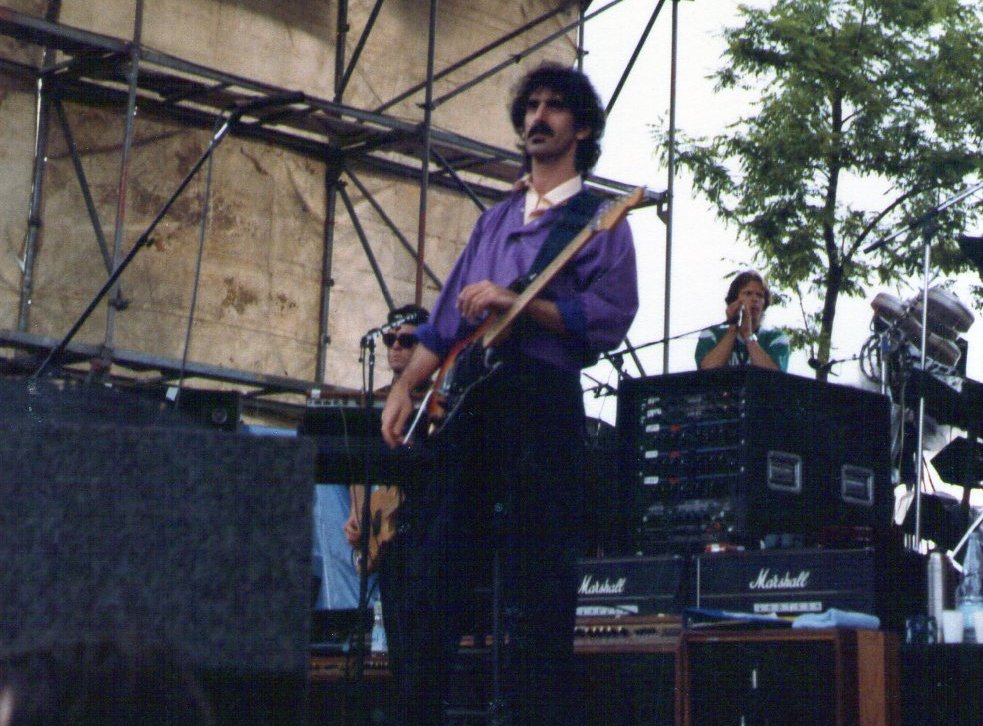 Gary Miotla, CC BY 3.0, Wikimedia Commons
Gary Miotla, CC BY 3.0, Wikimedia Commons
43. He Urged Fans To Pirate His Own Album
Zappa’s feuds with record labels reached its peak in December 1977, when Warner Bros refused to release his ambitious four-album project, Läther. Furious, Zappa went rogue, appearing on a radio show where he went on to play the entire album live on air. What’s more; he encouraged fans to record it, openly telling them to bootleg his work.
Turns out, it was a brilliant idea.
44. He Made Fun Of Disco
By 1979, Zappa had had enough of record labels—so he made his own! He dropped the album Sheik Yerbouti, under his own label and it quickly became the best-selling album of his career. The Grammy-nominated track “Dancin’ Fool” perfectly encapsulated his biting, sarcastic, and wild musical aesthetic.
Though, not everyone appreciated his sense of humor.
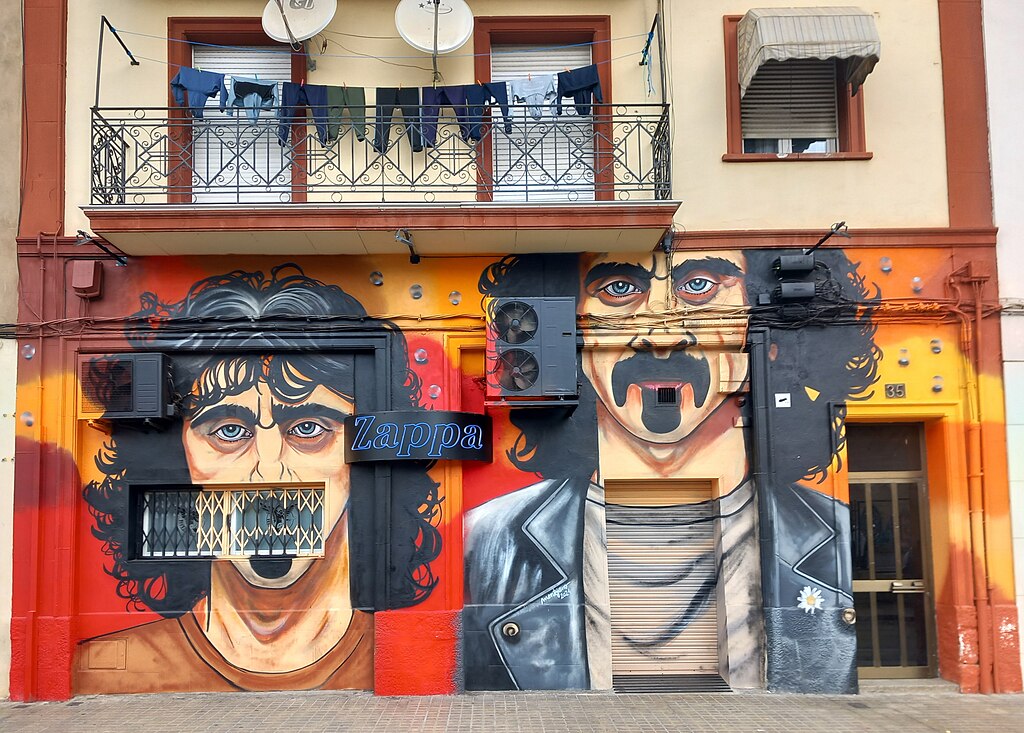 AlbertRA, CC BY-SA 4.0, Wikimedia Commons
AlbertRA, CC BY-SA 4.0, Wikimedia Commons
45. He Was Banned From SNL
With his star power on the rise, Zappa co-hosted an episode of Saturday Night Live with John Belushi. But there were more tears than laughter. Zappa clashed with the cast, read cue cards with zero enthusiasm, and openly mocked the show’s format on-air. Suffice to say, the show’s producers were enraged and prohibited him from ever appearing on the show again.
But they couldn’t ban him if they couldn’t recognize him.
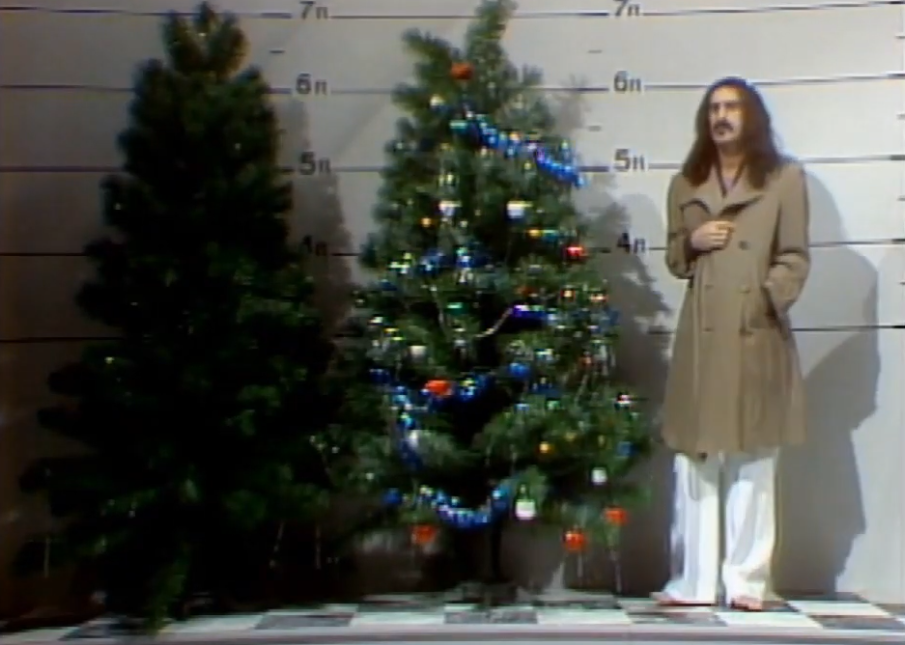 NBC, Saturday Night Live 1975-
NBC, Saturday Night Live 1975-
46. He Chopped Off His Iconic Hair
For over a decade, Zappa’s long hair and wild mustache had been part of his image. But in August 1979, he shocked his fans when he cut it all off—and that wasn’t all he cut. Zappa canceled an upcoming tour, opting instead to stay home with newborn daughter Diva and celebrate the birthdays of his two other children, Moon and Dweezil.
He may have been spending time with a child of another kind, too.
47. He Made Machine Music
Zappa had always been a tinkerer with his musical instruments. But, in 1983, he took it to a new level with the Synclavier, an early digital synthesizer. Fascinated by the machine’s flawless precision, he claimed it could play the most complex music with “one-millisecond accuracy—every time”—unlike the orchestras that he loathed so much.
His little machine turned out to be the missing sound in his songs.
 Kevin Spencer, CC BY 2.0, Wikimedia Commons
Kevin Spencer, CC BY 2.0, Wikimedia Commons
48. He Won His First Grammy
Over the course of his career, Zappa had released dozens of albums, but his first Grammy win didn’t come until 1988. He snagged the award for Best Rock Instrumental Performance for his album Jazz from Hell. His winning secret? The Synclavier! He had composed most of the songs on the digital synthesizer.
Too bad his musical machine couldn’t save him from what came next.
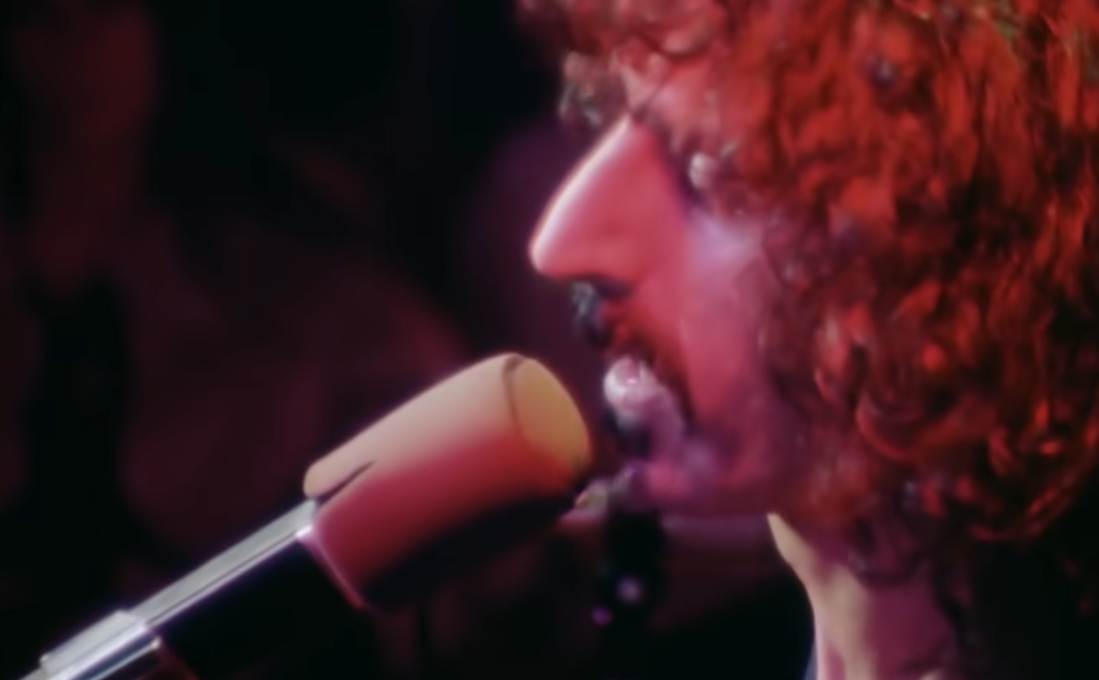 Proper Time, Frank Zappa & The Mothers - Live at The Roxy 1973 [extras]
Proper Time, Frank Zappa & The Mothers - Live at The Roxy 1973 [extras]
49. He Received Terrible News
In 1990, just when it seemed like Zappa had finally found the appreciation he deserved, doctors delivered devastating news: he had inoperable prostate cancer. The disease had been silently spreading for years. However, even faced with a terminal diagnosis, Zappa pushed forward with new projects, composing relentlessly and preparing for one final, triumphant moment on stage.
50. He Brought Frankfurt To Their Feet
Despite his failing health, Zappa appeared at two final concerts in Frankfurt, Germany in September 1992. Too weak to perform, he conducted only a few pieces—but when the show ended, the crowd rose to their feet in a deafening, 20-minute ovation. It was a farewell worthy of his legacy, though Zappa himself knew the end was near.
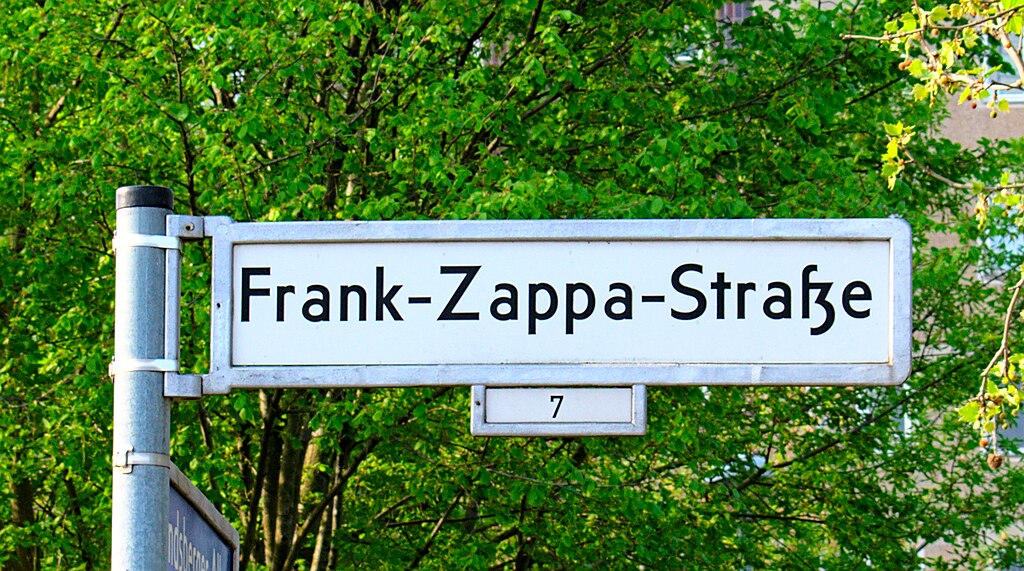 Ich, CC BY-SA 4.0, Wikimedia Commons
Ich, CC BY-SA 4.0, Wikimedia Commons
51. He Left For His “Final Tour”
On December 4, 1993, at the age of 52, Zappa passed quietly at home, surrounded by his wife and three children. Two days later, his family announced the devastating news with a simple statement: “Composer Frank Zappa left for his final tour just before 6:00 PM on Saturday”. His family buried him in a private ceremony, leaving his grave unmarked—just like the rules he refused to follow.
You May Also Like:
Psychedelic Facts About Jimi Hendrix, Rock And Roll's Greatest Guitarist
Heavy Metal Facts About Eddie Van Halen, The Rock God With Demons
Legendary Facts About Eric Clapton, The Rock God


